Idealising a concept that explores established creatives and artists from its bubbling fashion scene, photographer and art director Andre Borges travels through the southern European country Portugal capturing its thriving artists. Borges’ raw style sees him document the everyday creative life of the young people from the two main cities of the country, such as creative director and photographer Gonçalo, designer João Guerreiro and fashion producer Ruth Simões.
Take in the editorial lensed by Andre Borges and find out more about some of Portugal’s leading creatives below:
Gonçalo Afonso, Lisboa PT
Creative Director, Photographer, Owner of One Step Forward brand and One House Only creative agency.
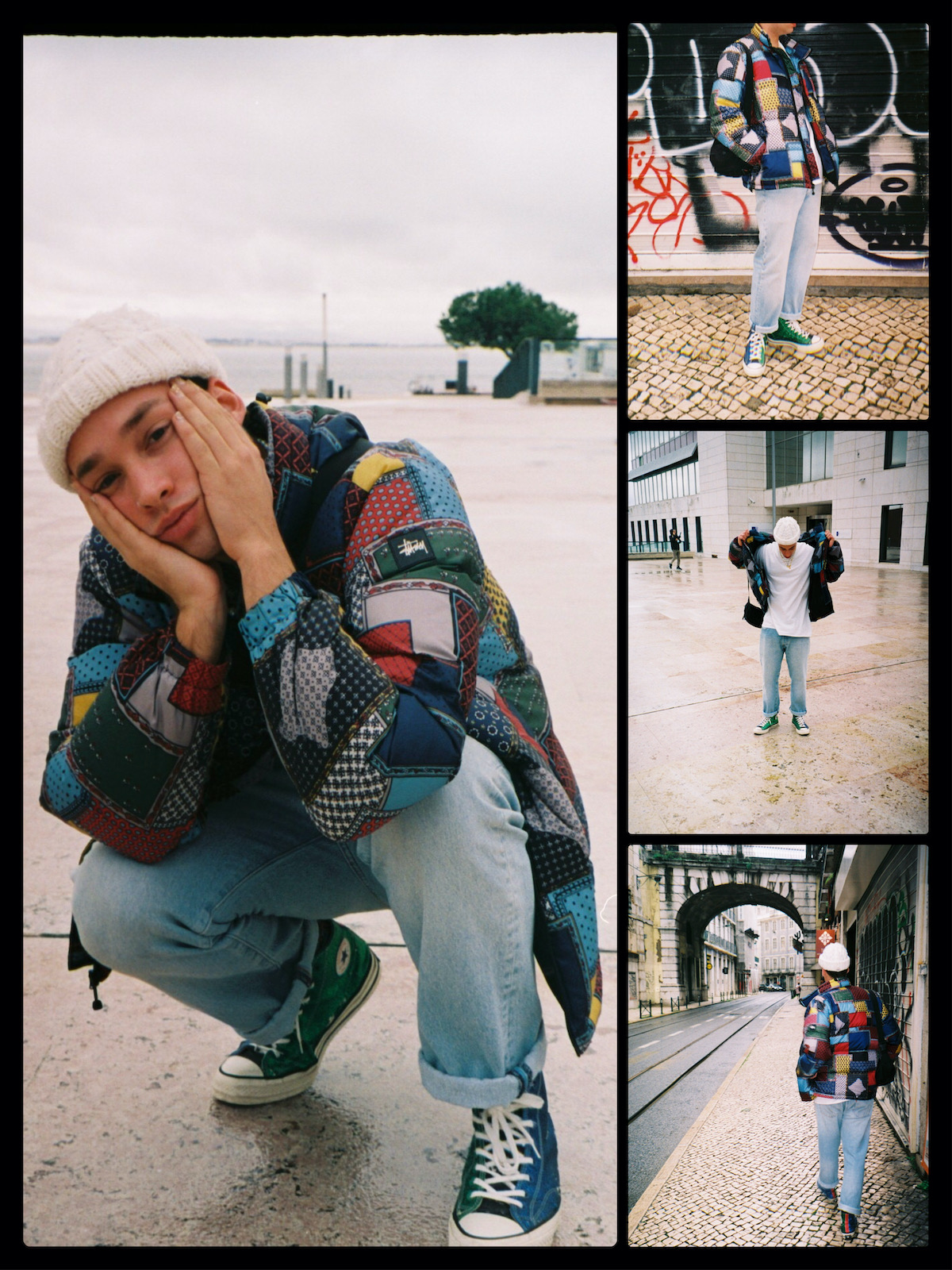
What does street fashion mean to you?
It’s a bit of the uniform of a culture, of urban culture and everything that’s adjacent to it. And the sense of uniform is never about making people the same as each other, but about community.
What’s the most important part of an outfit to you?
More and more I think pants are one of the most important pieces for an outfit so I would say a pair of sweatpants. I don’t know if it’s more important or not but they deserve an honorable mention – sandals/mules: Suicoke, Birkenstock, Crocs, wtv. Major key.
What is your most precious piece of clothing?
Of what I own now, one of these four: ONE STEP FORWARD Monogram Scarf, JW Anderson x Converse Blue/Green Glitter Chucks, Stussy Patchwork Puffer, or the Latte Lisbon x Havana Club Technical Cargo Vest Gold.
Use one word to describe the fashion scene in Portugal.
Emerging!
Ruth Simões, Lisboa PT
Fashion Producer, Stylist
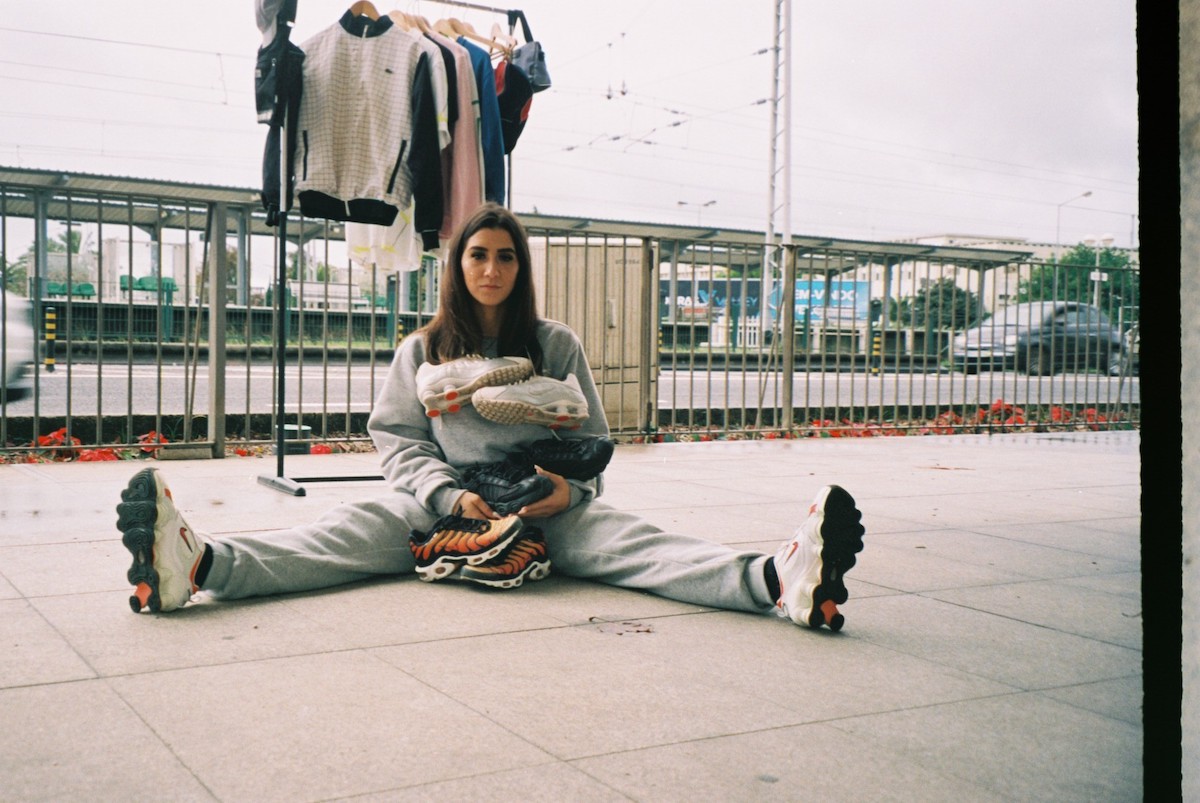
What does street fashion mean to you?
Streetwear is a lifestyle. I’ve always walked a lot on the street, I was a rebel girl. I always related to people that the tracksuit was our “jeans”. Nike and Lacoste have always been part of my adolescence and the world around me. Nowadays it is amazing to see what was considered ugly in the eyes of others some 10 years ago, is now seen as a trend that has come to stay. But for me, streetwear is part of my essence as a person. Because that is also where much of my inspiration for all my creative processes come from.
What’s the most important part of an outfit to you?
Without a doubt a good workout suit and AirMax.
What is your most precious piece of clothing?
I actually have several, mostly vintage pieces. But maybe all my pieces from Lacoste and vintage Nike TN and Polo Sport.
Use one word to describe the fashion scene in Portugal.
I can’t use a word but I think we still have a lot to evolve. We have amazing people and ideas and projects but I think that as we are a small country, there is undoubtedly a niche. And either you’re very good, or the core is very closed.
Cassiano Borges, Porto PT
Fashion Stylist in Farfech Porto-PT
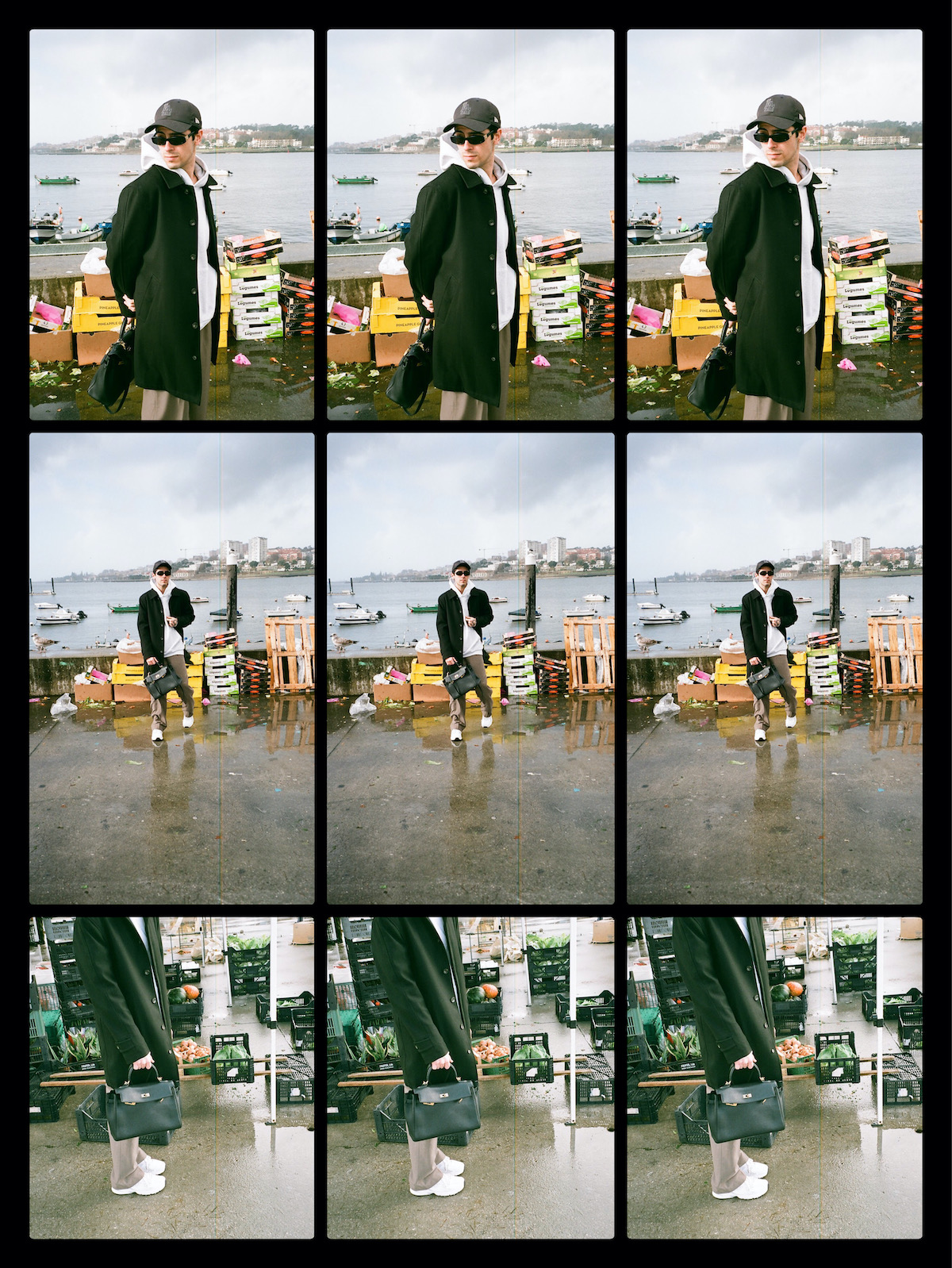
What does street fashion mean to you?
I feel like it’s a way of expressing myself, sometimes I can’t put my moods and emotion into words and I try to translate it into my clothing, which is why I’m always evolving and changing. it’s how you define (in a very shallow way) people. You can tell how a person is based on their looks. It’s how your physical appearance turns into a reflection of your personality.
What’s the most important part of an outfit to you?
Jewelry, in my opinion, an outfit is not well picked if there is no jewelry included. No matter how nice the clothes look, the whole physical aspect becomes “naked” and “incomplete”. Nice jewelry is essential and makes you feel unique.
What is your most precious piece of clothing?
All my bags honestly, it’s so hard to pick one. But the bag that holds the most emotional value it’s probably an LV x Stephen Sprouse pochette my mom passed down to me when I was 16.
Use one word to describe the fashion scene in Portugal.
Exciting. It feels really vivid and expressive, you see everyone trying out stuff and finding their own style in every corner you go. Tourism really helps the country bringing up new ideas and mixing many different cultures, it’s really inspiring and innovative.
João Guerreiro, Porto PT
Fashion Design, Marketing @ Contracoutura Magazine
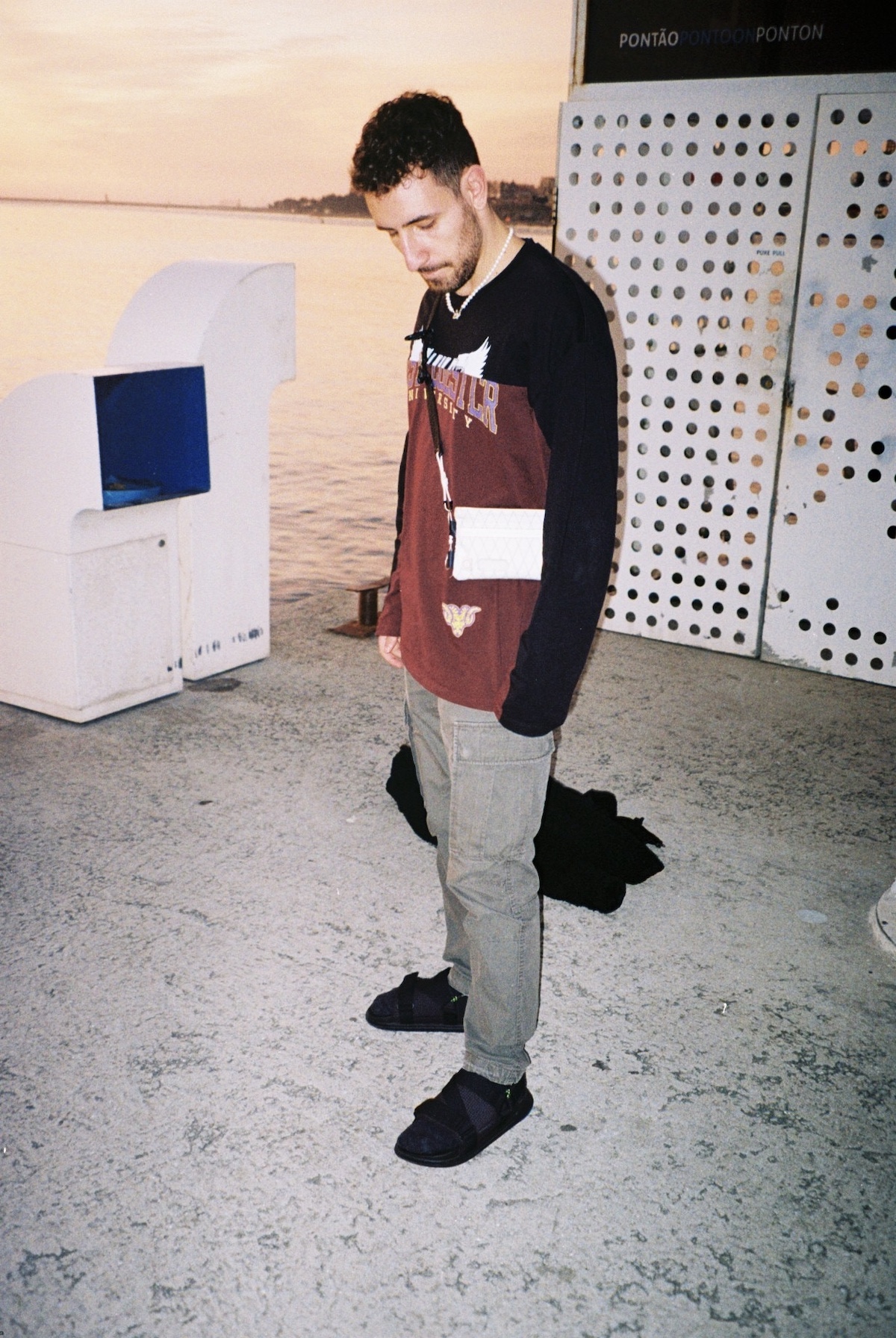
What does street fashion mean to you?
Nothing, it is an expression that, over time, makes less and less sense. A word is supposed to be something that helps us define the things that exist or that can be experienced by people, their definitions are made to group things with common characteristics, excluding everything else.
In a world where individuality is more and more valued, distinguishing clothes by the type of occasions when they are worn, almost as a uniform for each context, no longer makes sense. It was from these conceptions of context and uniform that the distinctions of formal, casual, leisure, sportswear, and later streetwear emerged. Streetwear started to be used as a word to define clothing styles that people wore on the street associated with niches and youth culture, but when these niches grow and become the mainstream the concept itself becomes more general and loses value, to the point that the designers who operate in this segment don’t value the word.
At this point, in my opinion, most contemporary fashion is streetwear, even designers who do tailoring and sewing are sometimes called streetwear designers depending on their background, their groups of friends, and people they work with. Perhaps the only definition that makes sense is the most literal, clothes that people wear on the street, and that can include pajamas because there are people wearing them on the street, sports clothes because there are those who wear them outside the context of doing sports, suits, workwear, hoodies, t-shirts, shirts, chinos, denim… it can be anything, so it is a word that is practically meaningless when it comes to defining items of clothing and defines only the context in which they are worn out of the house in peoples daily lives.
What’s the most important part of an outfit to you?
Cargo pants, I don’t know why but they are the piece of clothing that I feel more like myself in, especially the more worn out ones. They are practical, have a rough and masculine silhouette, and go well with most of the clothes and shoes I wear.
What is your most precious piece of clothing?
The ones I haven’t done yet. The most important are the pieces that I want to make, ideas that I want to execute that have not yet materialized. After having spent more than a year helping to produce and execute ideas from others while seriously reflecting on what I wanted to do on my own projects, when I make clothes on my own again I can bring something relevant with purpose and identity, which are more meaningful than my mere desire to create things and play in creative industries.
Use one word to describe the fashion scene in Portugal.
Embryonic. I was going to say homogeneous but I prefer to use a word that expresses both the positive and negative side of the thing. On the one hand, I would say that we are a little behind on the creative level, which is easily justified by the low purchasing power that draws most people to fast-fashion and large, not very expensive, more generalist brands from the consumer point of view, making it difficult for creators to make their projects financially viable. In addition, it makes self-expression difficult and takes away freedom for developing less common styles. Furthermore, we are a relatively conservative country in terms of aesthetics and we have been closed to the world for longer than most Western countries because of the dictatorship.
With textile production, we are excellent both in terms of quality and competitiveness, for retail there is Farfetch, which is a giant and has a Portuguese founder, several offices, and some concept stores here. At a creative level, we have some success stories, the current creative director of Kenzo, Marques Almeida who has some international recognition, and recently Alexandra Moura has also attracted a lot of attention on the national scene and some internationally too, but I think that at the creative and community level there is still a lot to grow.
In recent years I have seen some young people coming up and doing interesting things and a community of creatives is being created including designers, musicians, visual artists, photographers, videographers, stylists, models, media, stores. Lots of projects and people with the potential to take over the culture and fashion made here and take their work to a global level, or at least make the local scene more interesting. I really admire and have hope for the generations of creatives who came a little bit before me, at the same time as me, and who are still emerging – if they have a sense of purpose and identity in what they are doing the future will be bright for them.

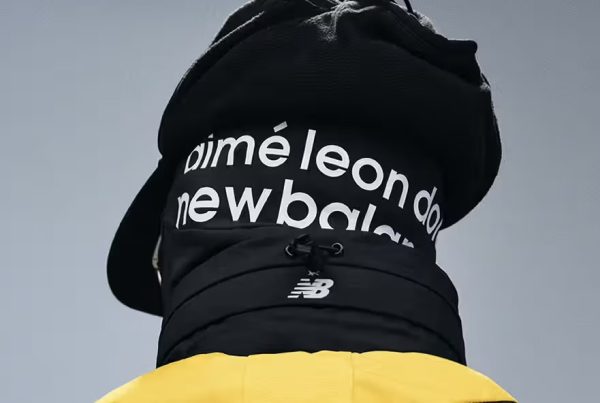
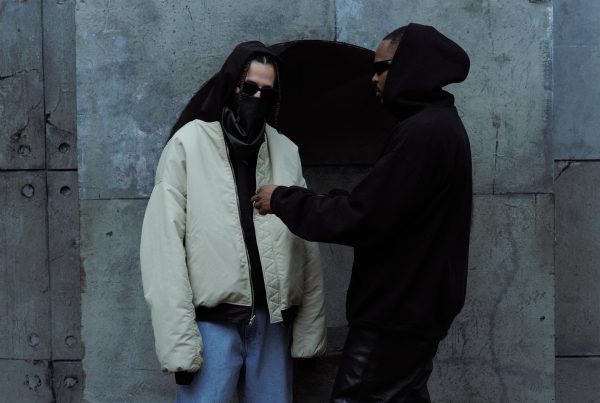
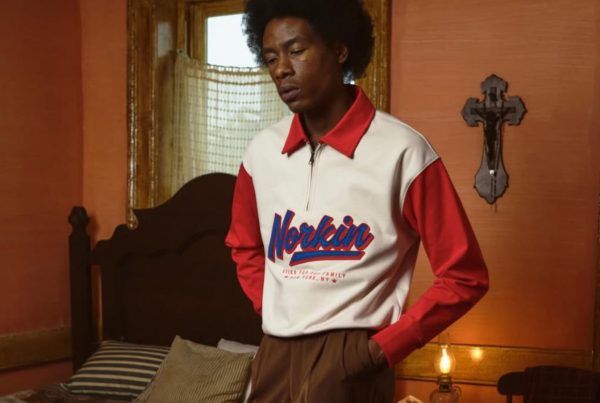
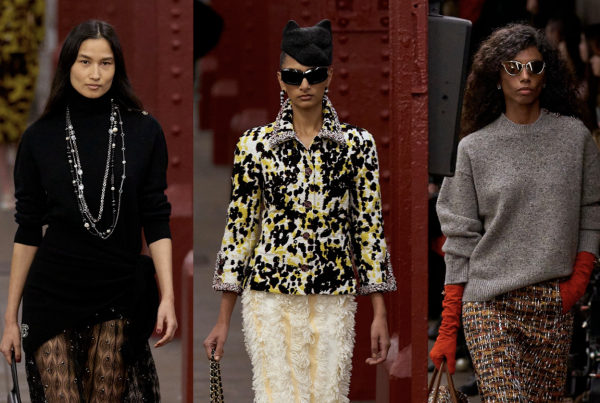
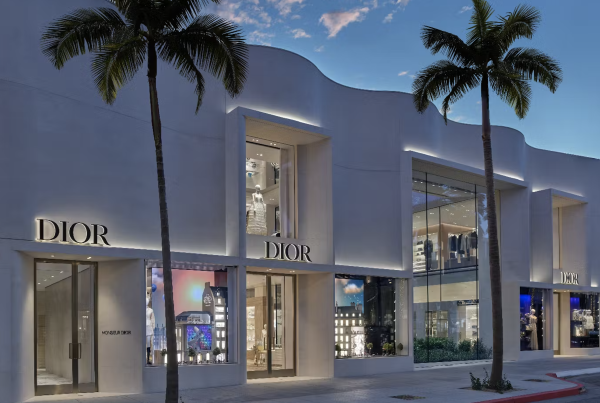
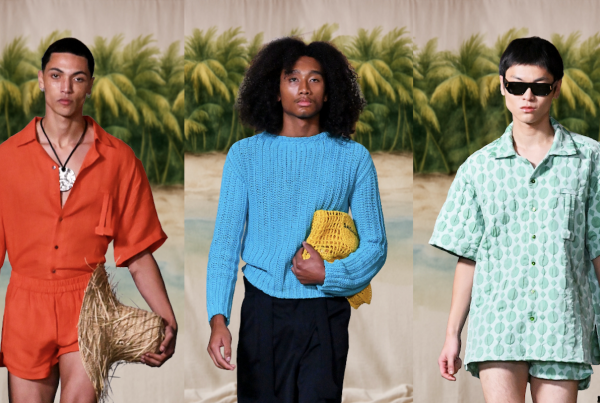
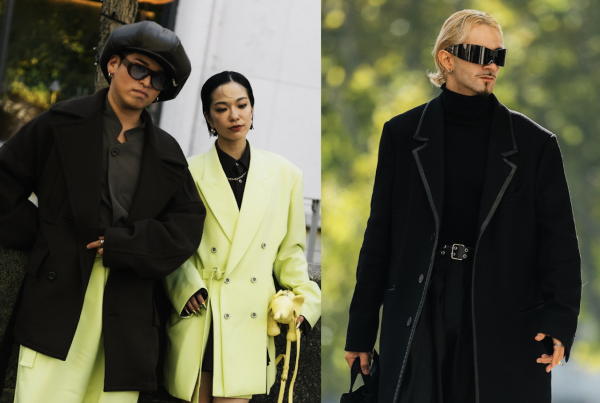
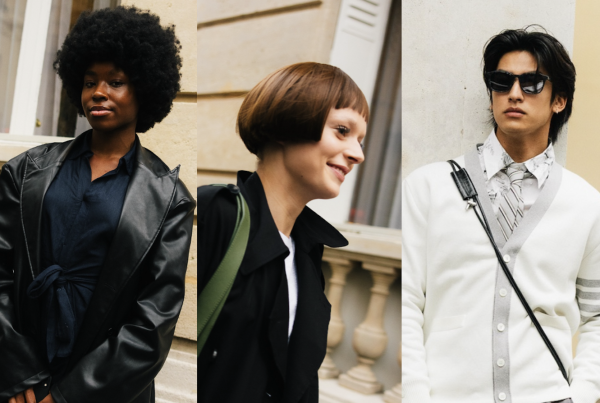
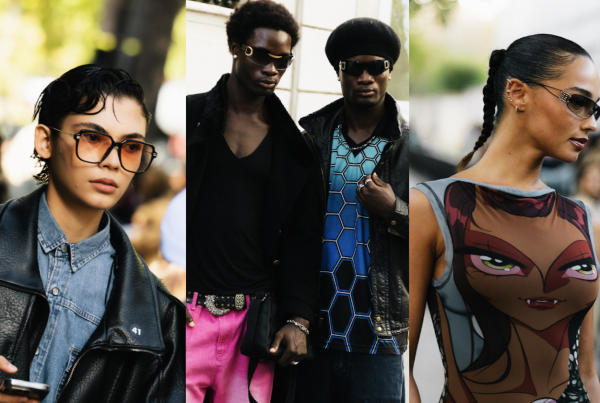
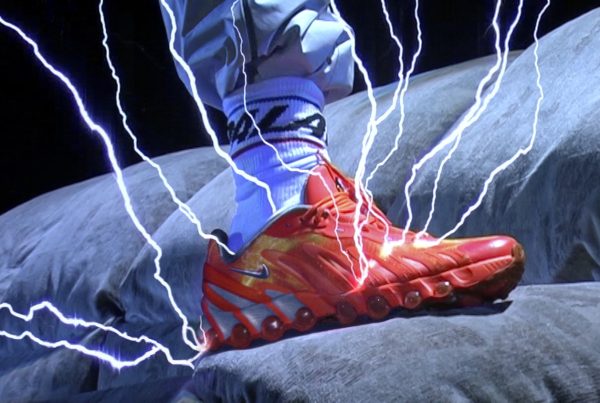
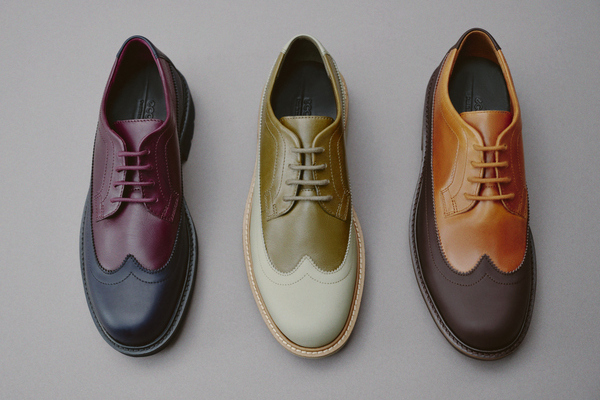
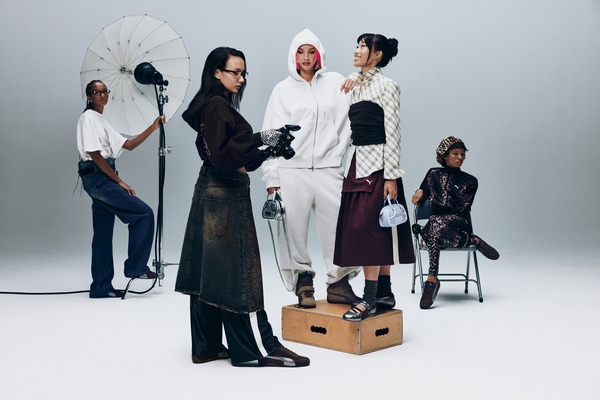
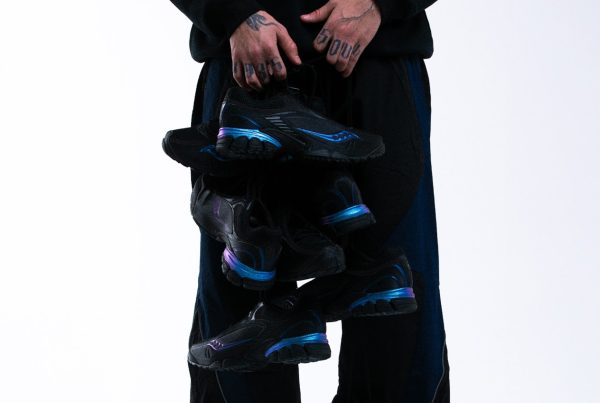
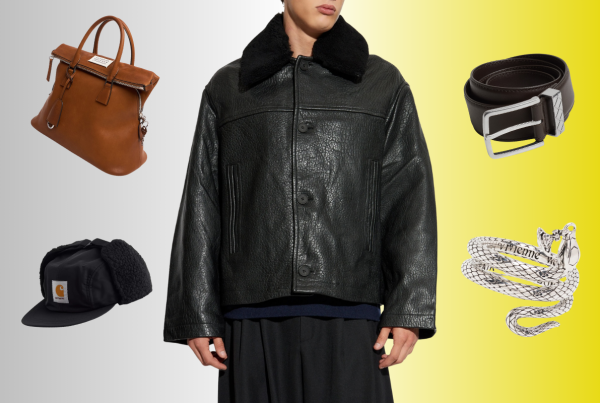
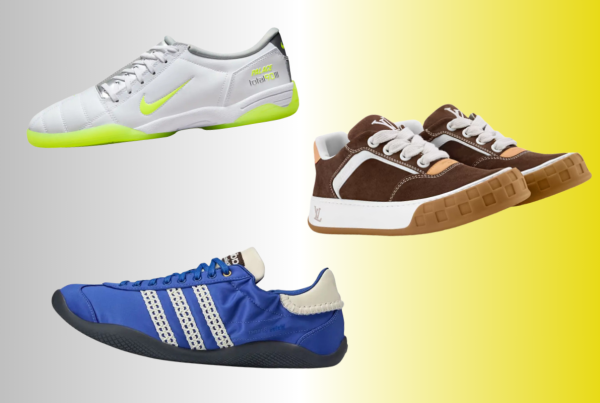

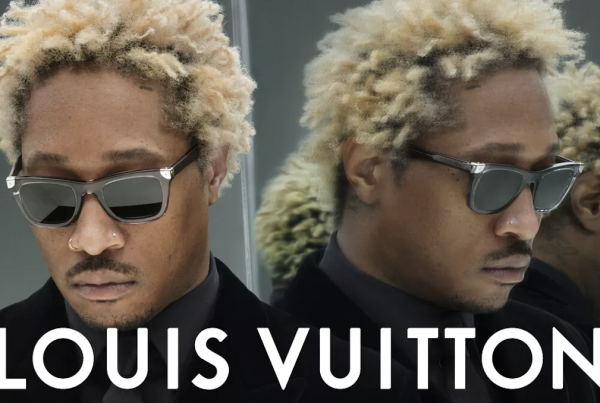
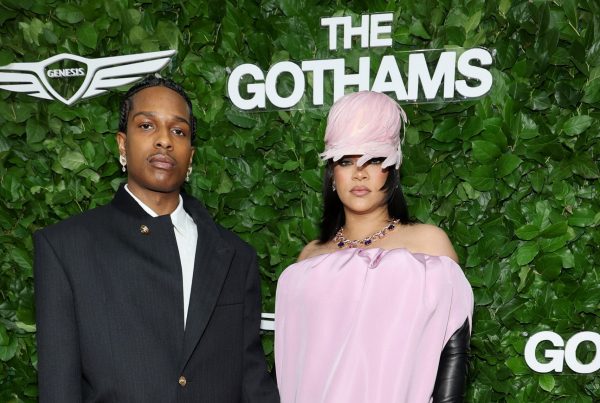

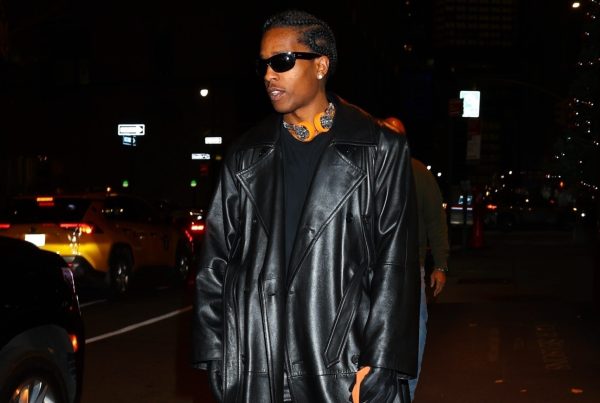
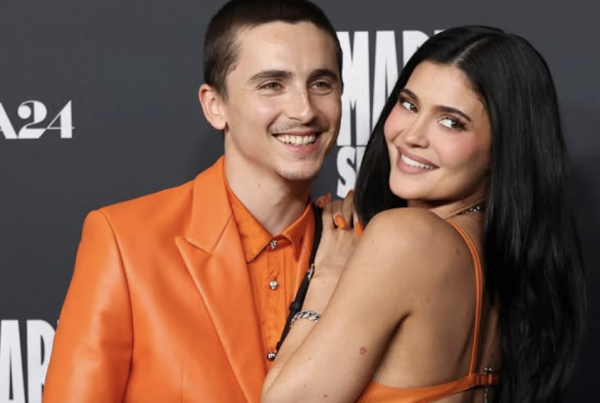
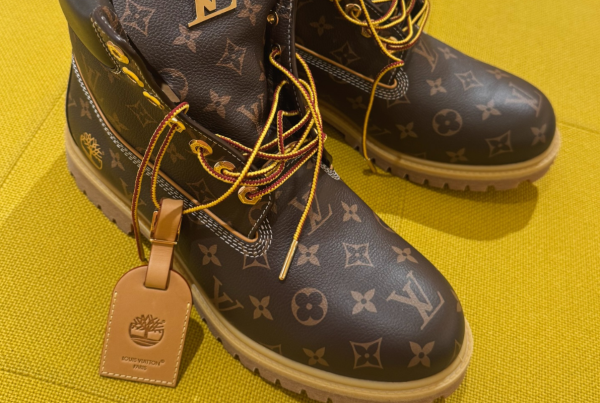
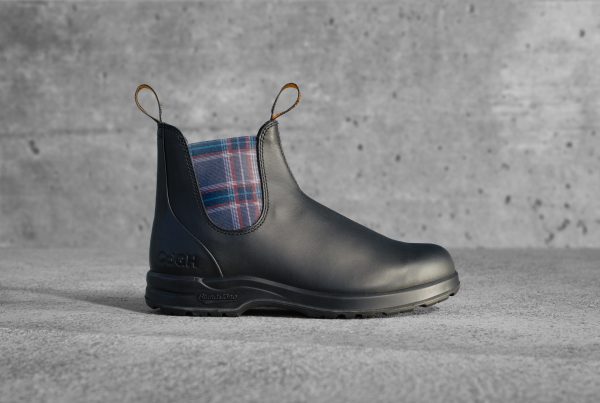






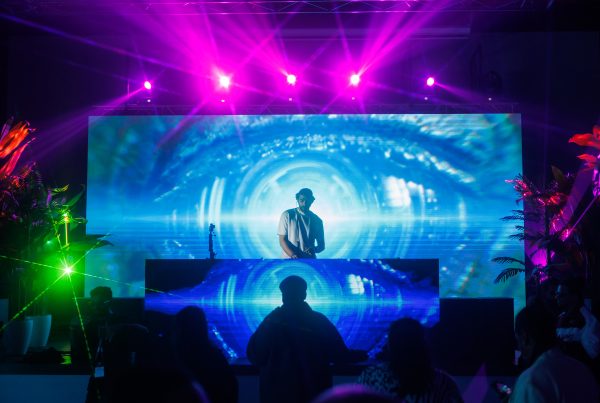
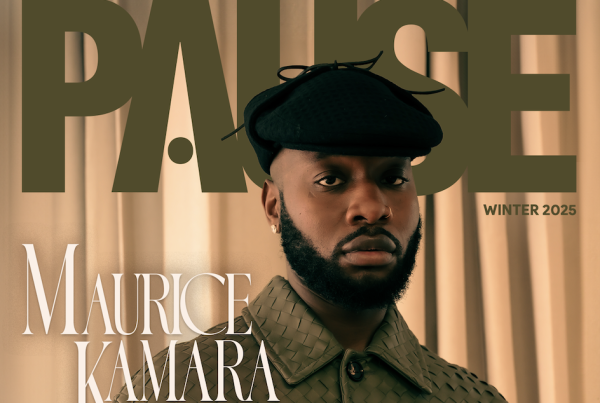

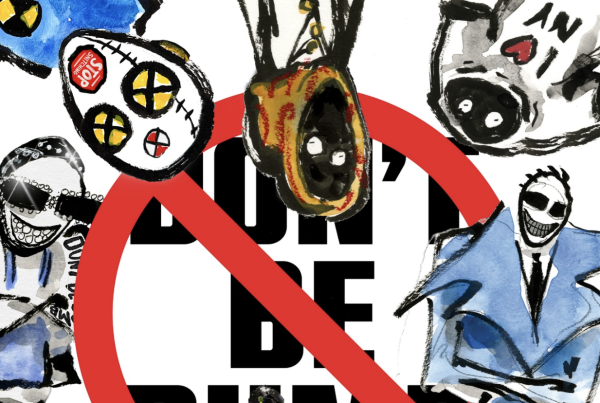
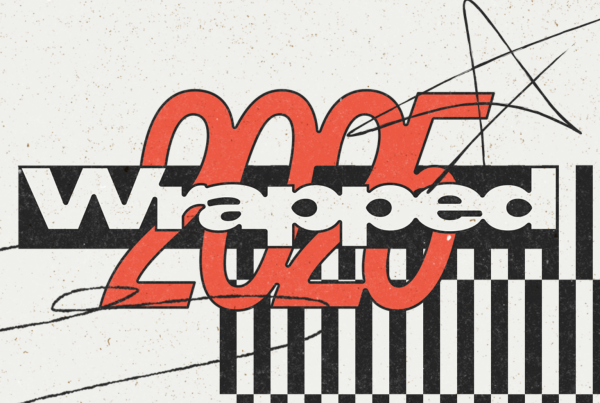



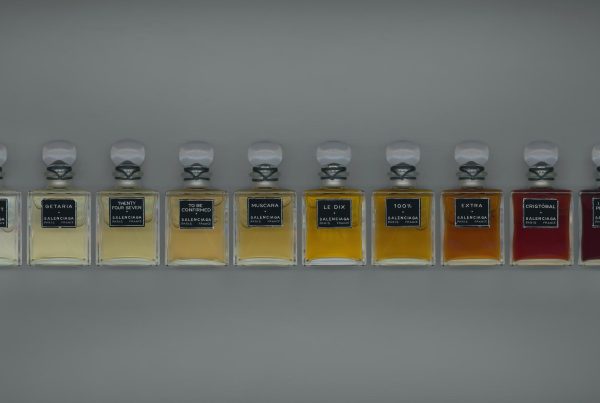
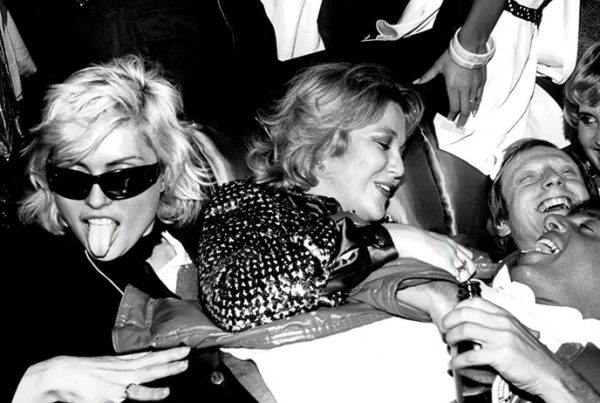

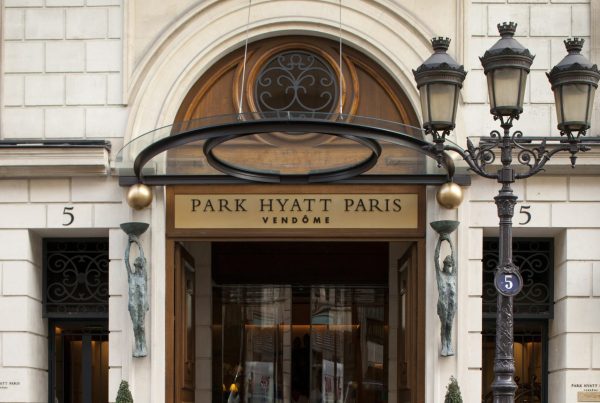
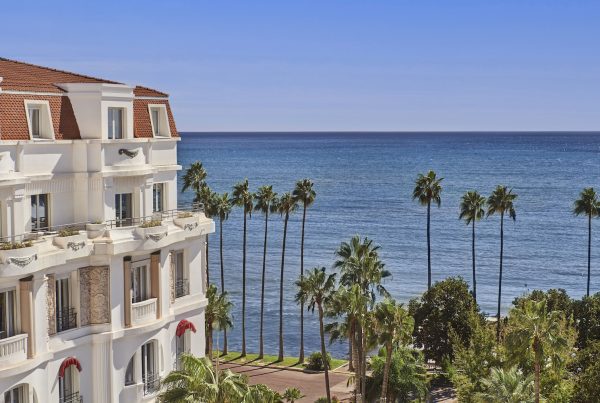


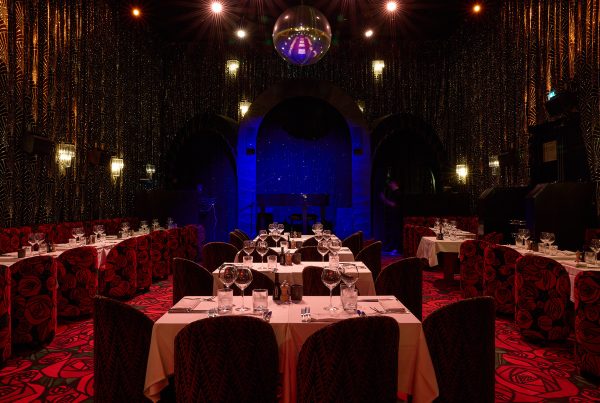
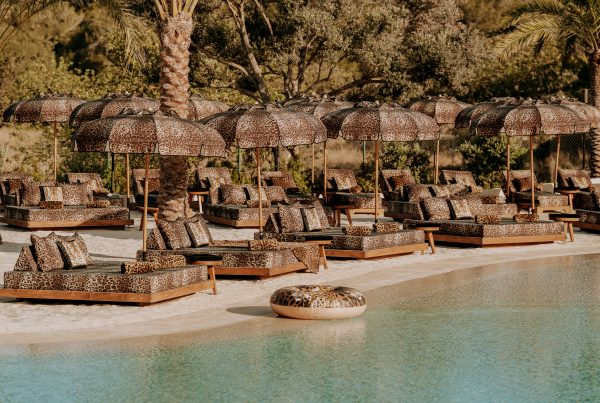
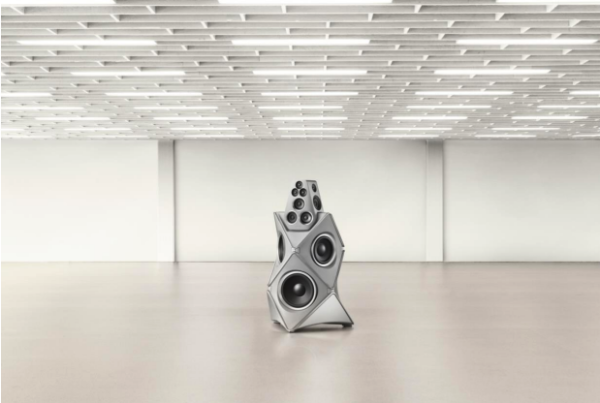
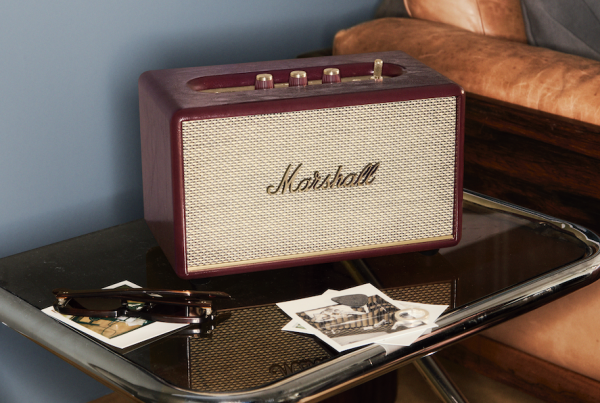
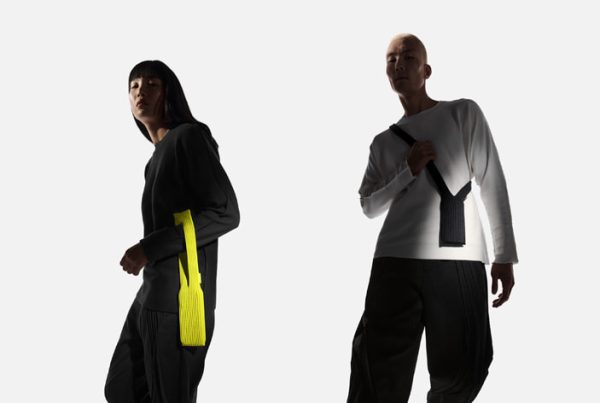
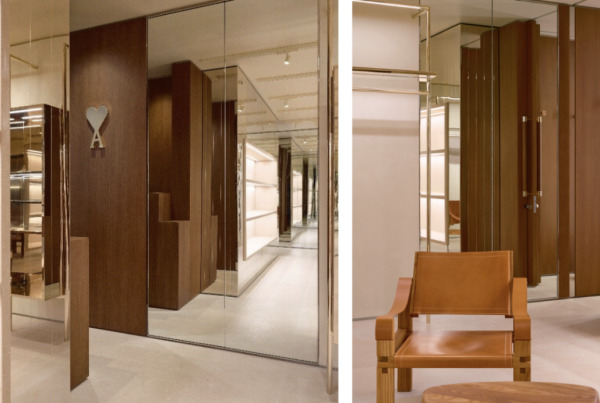
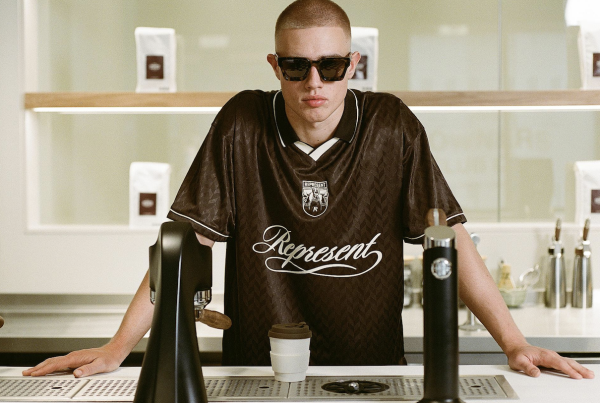


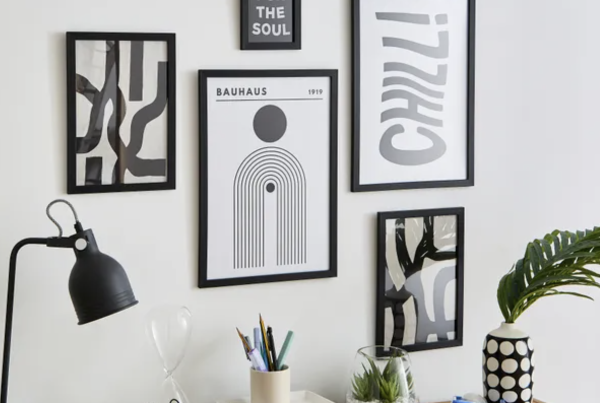

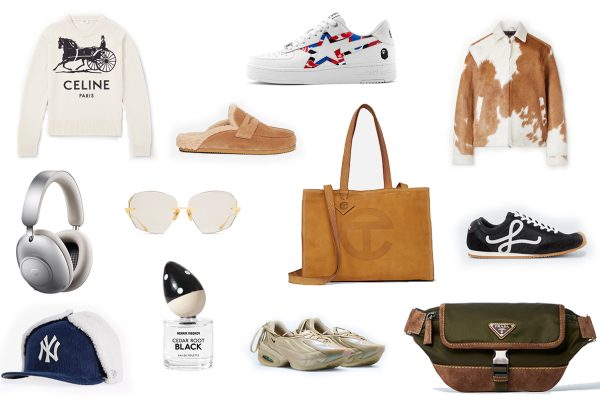


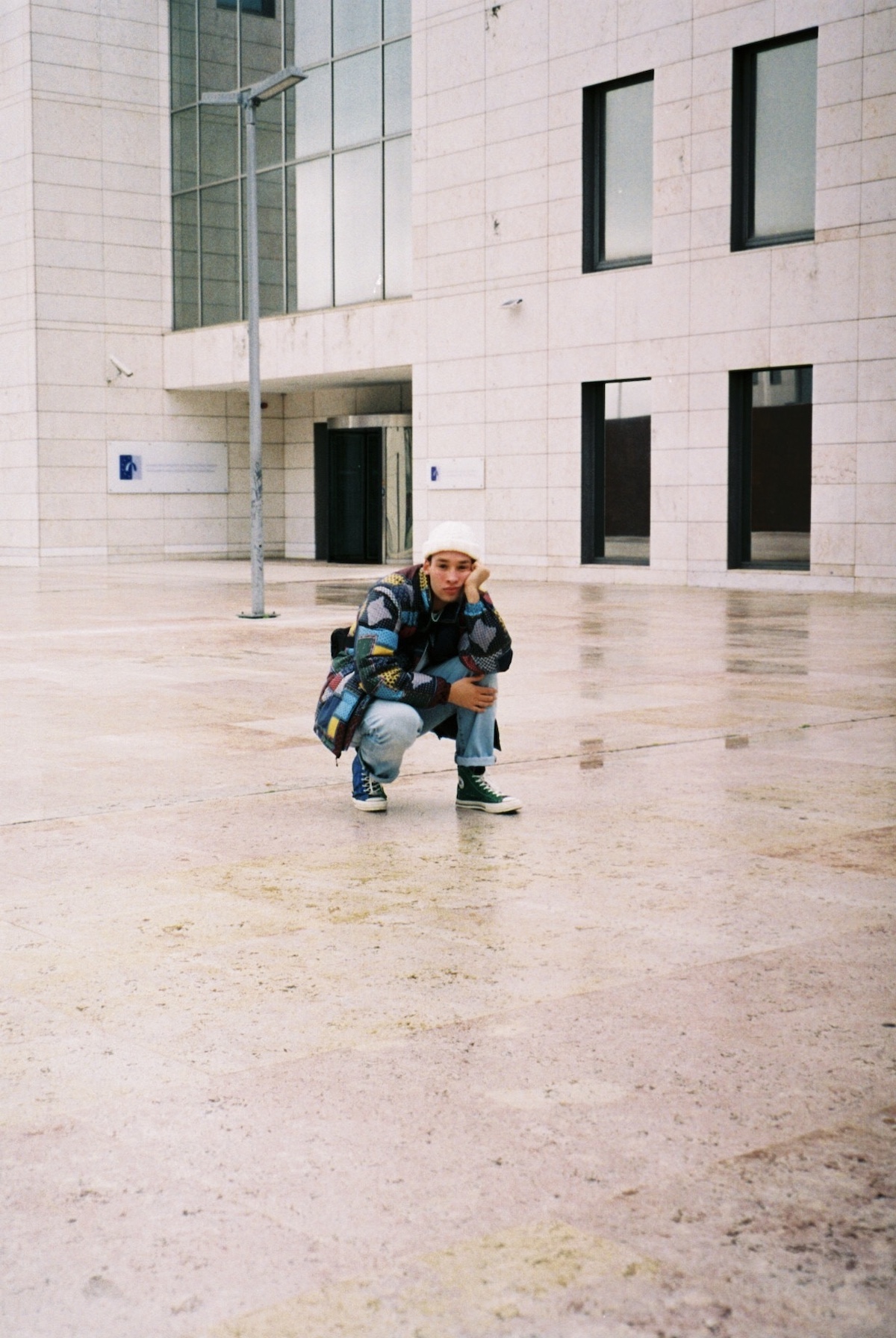
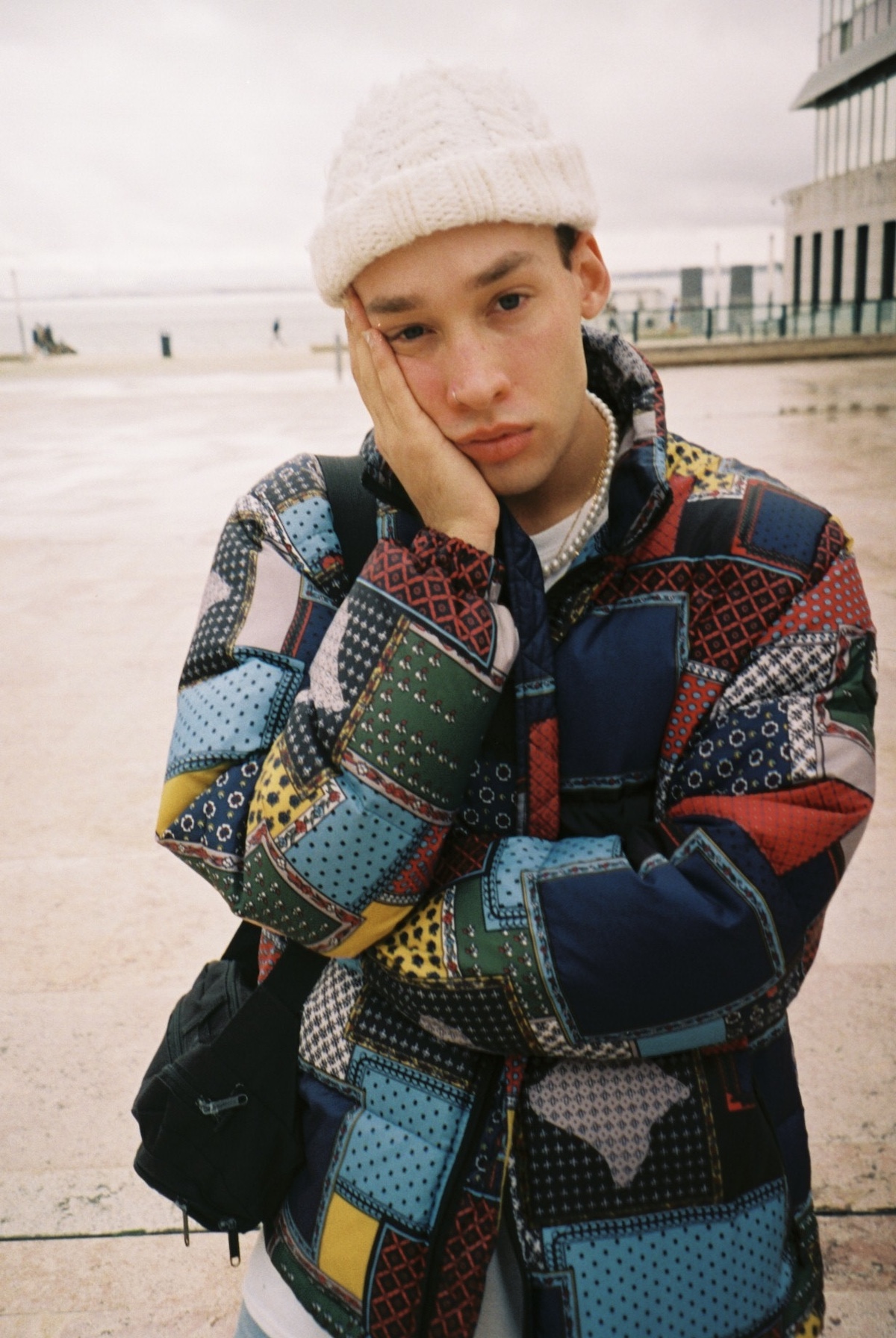
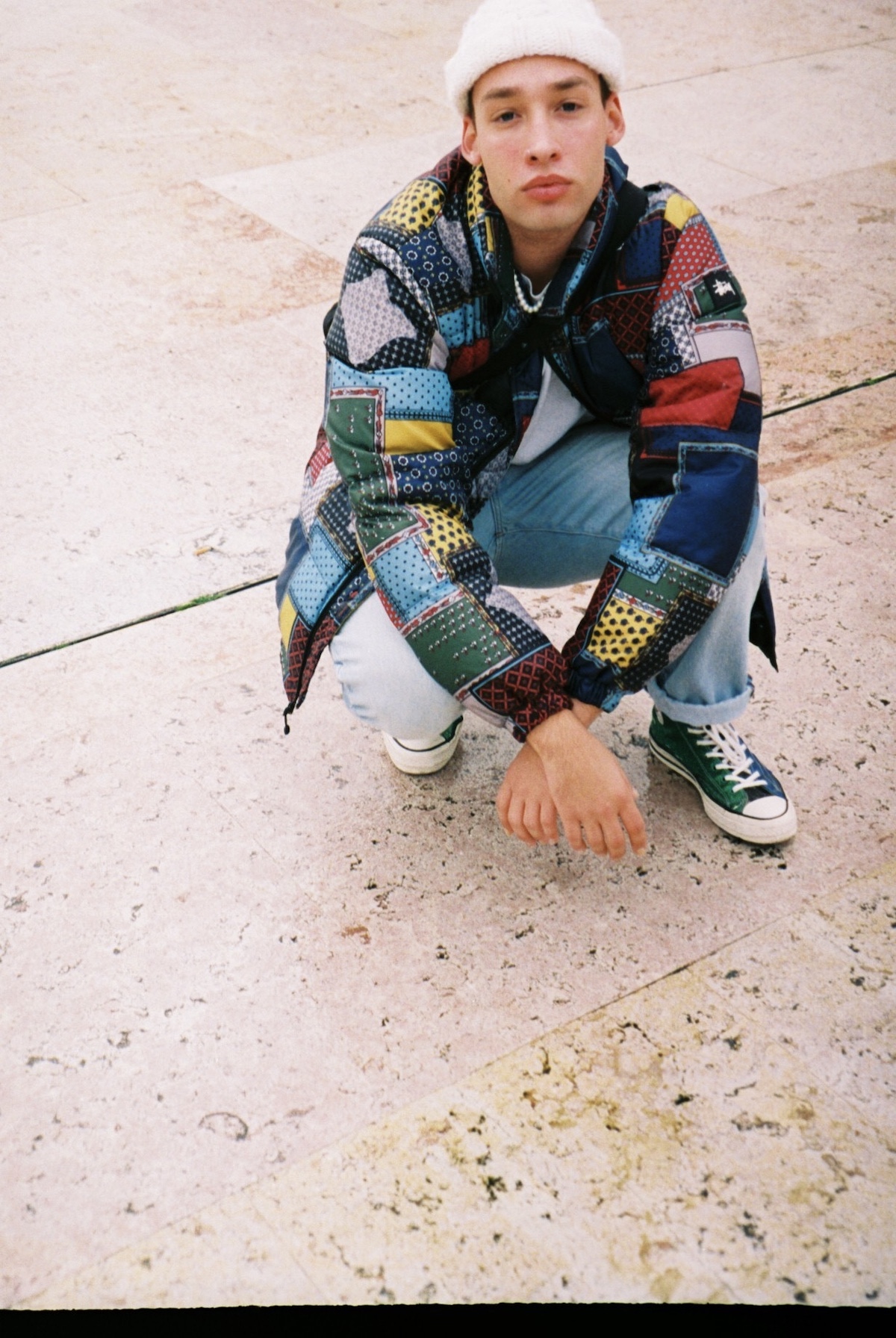
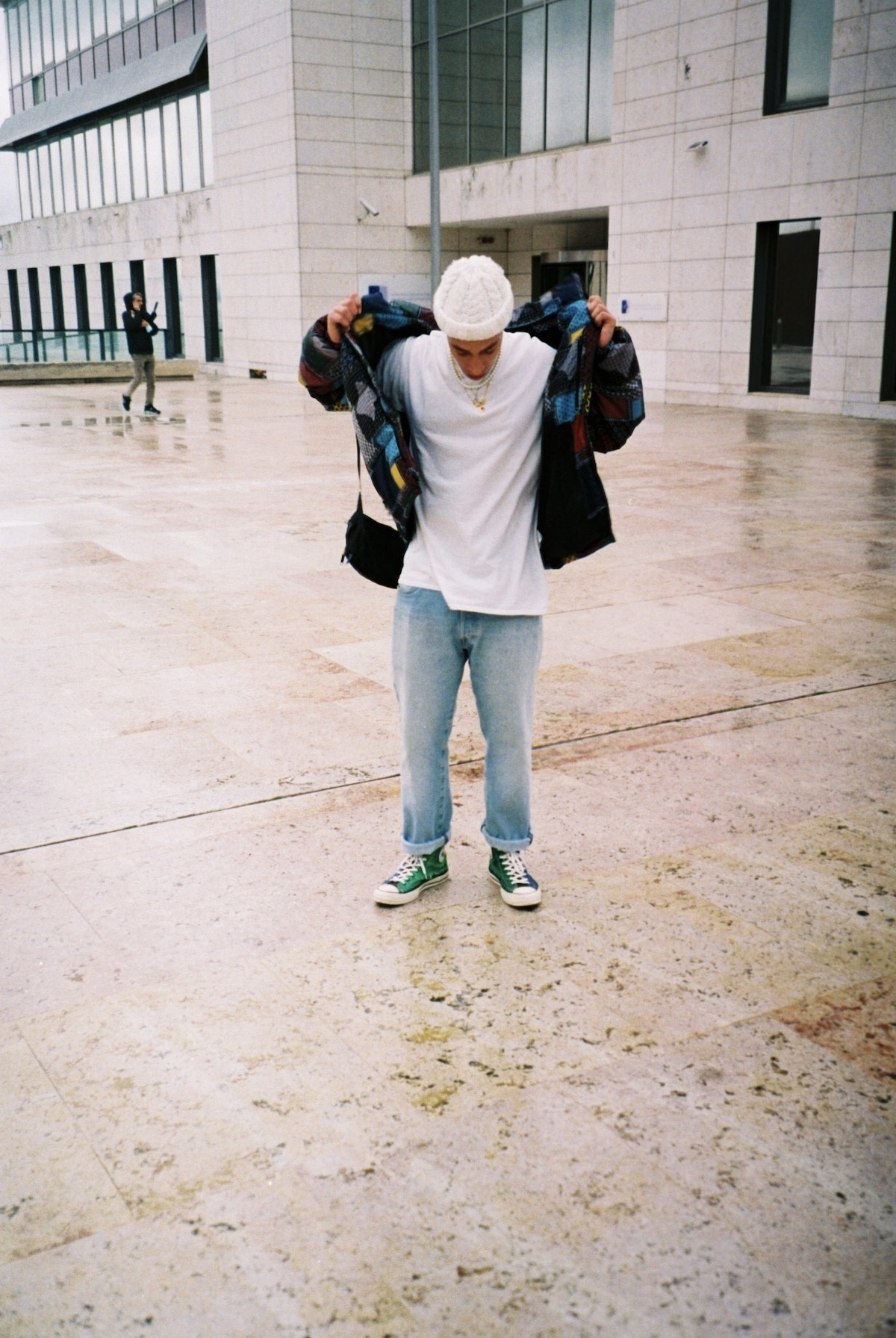
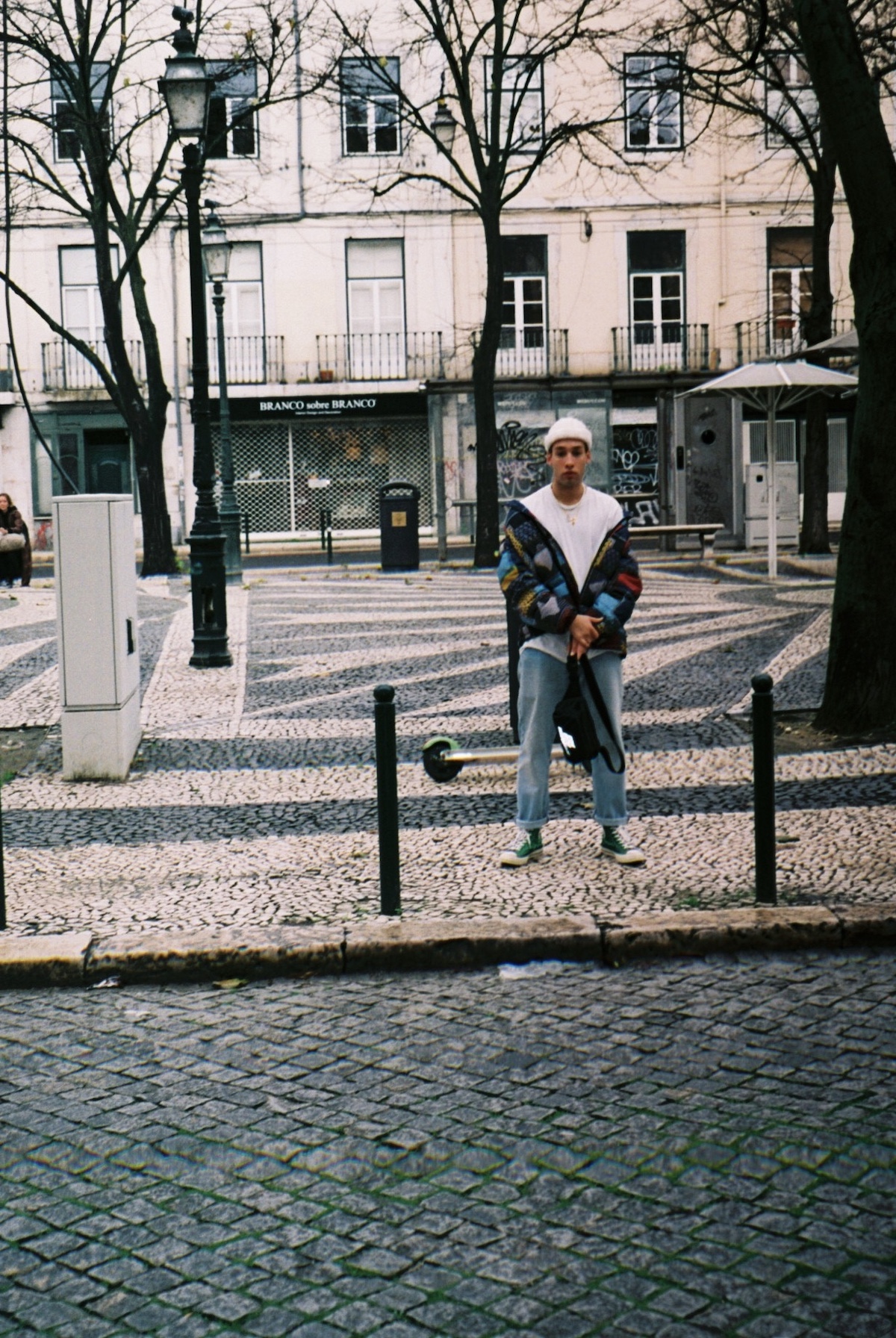
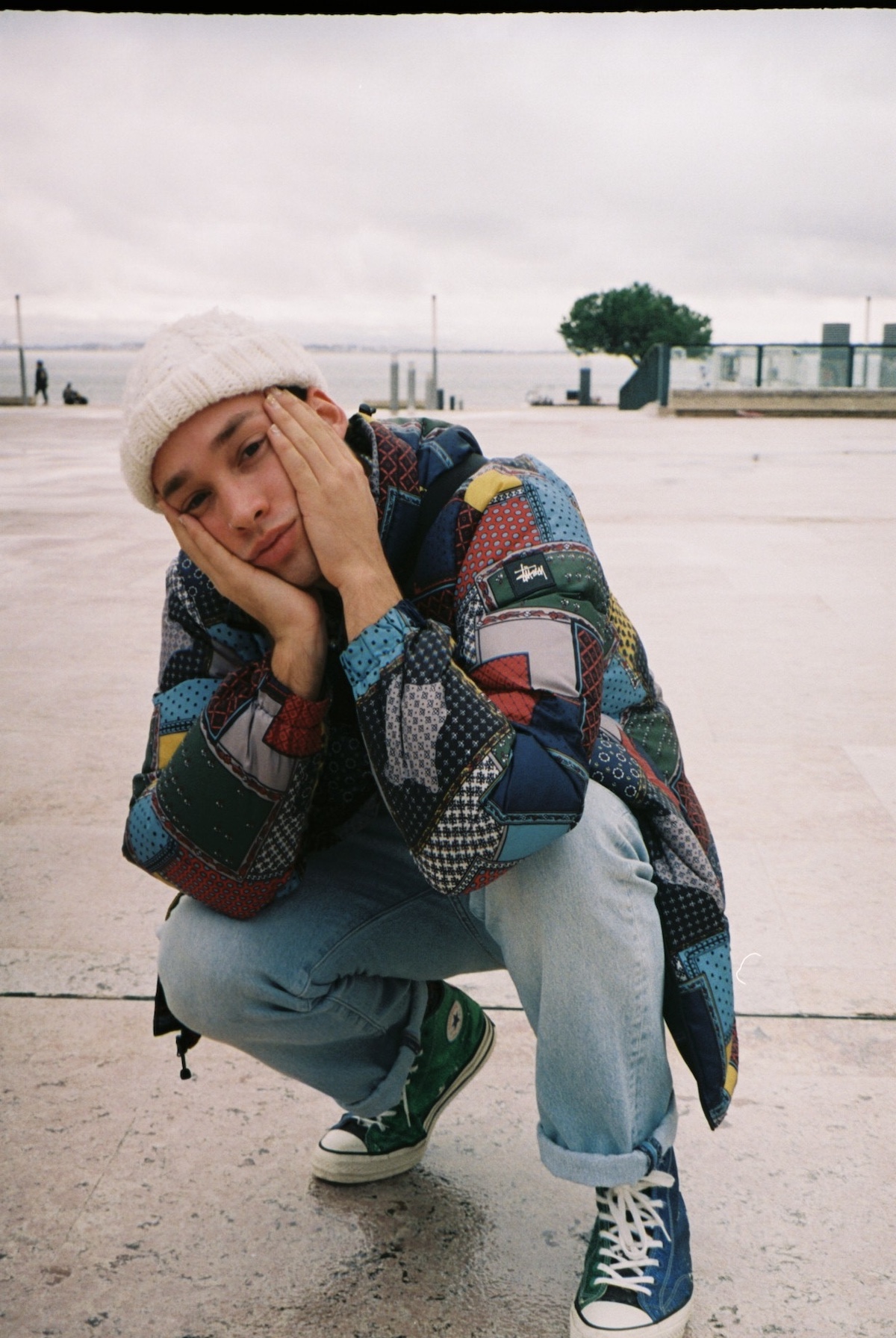
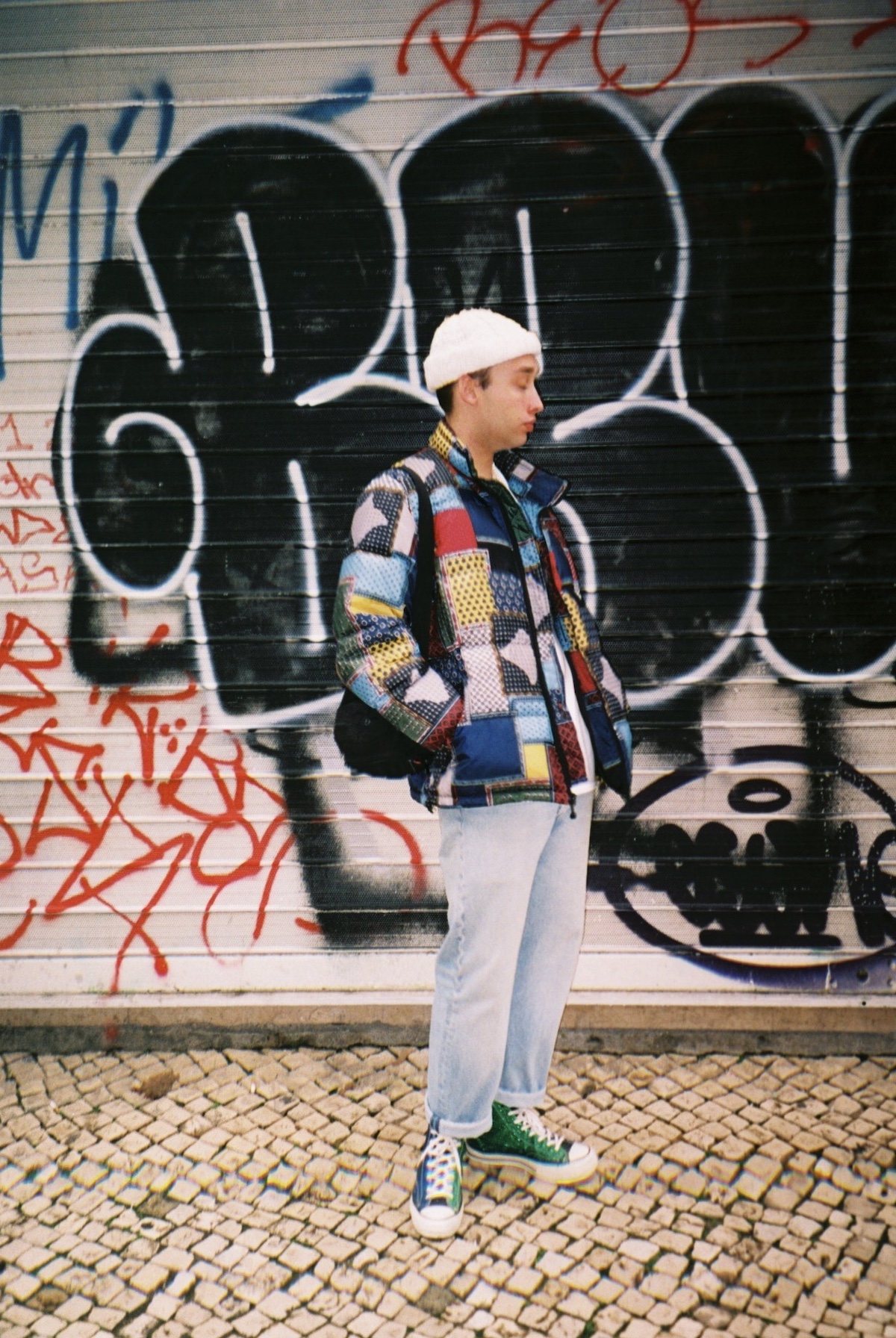
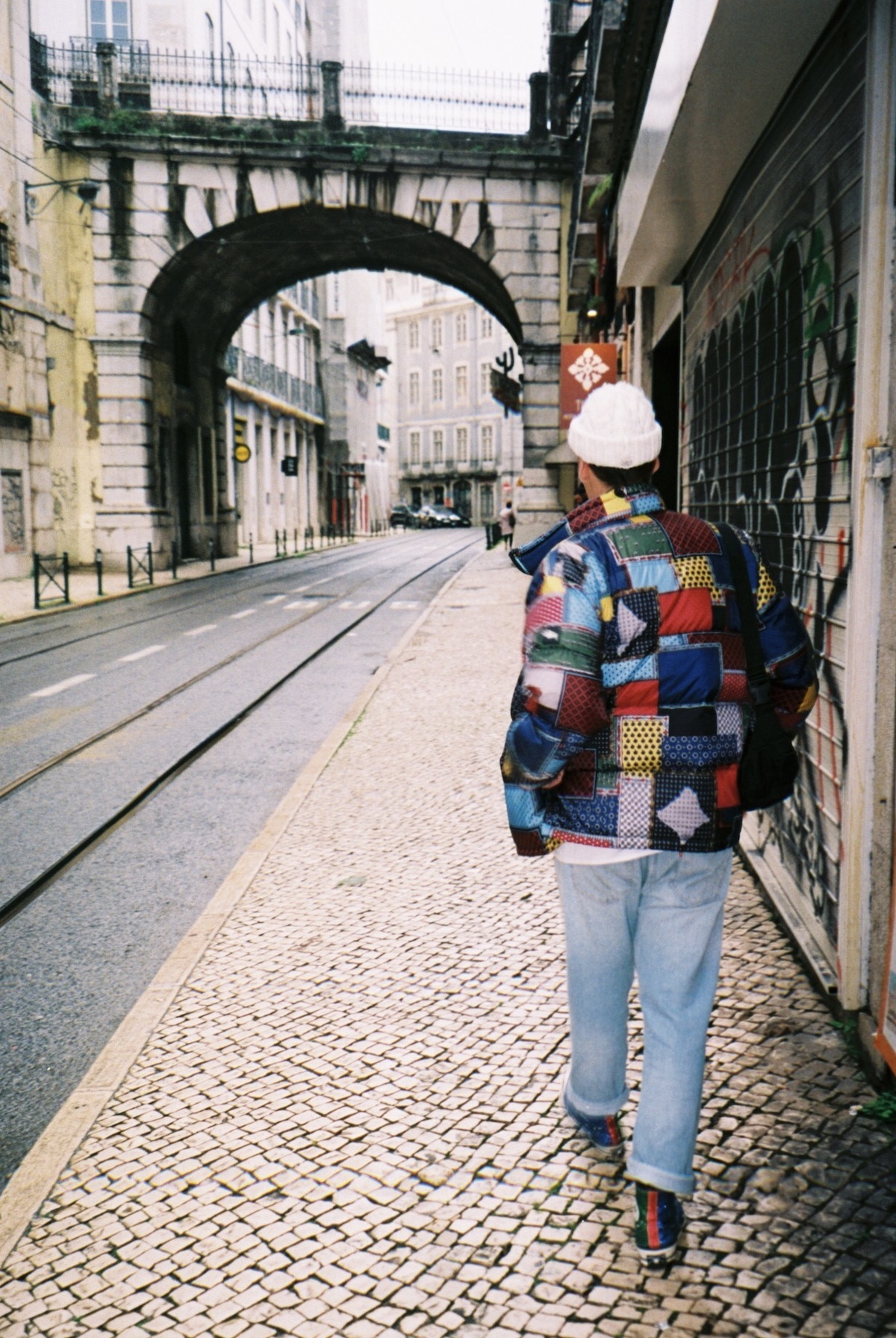
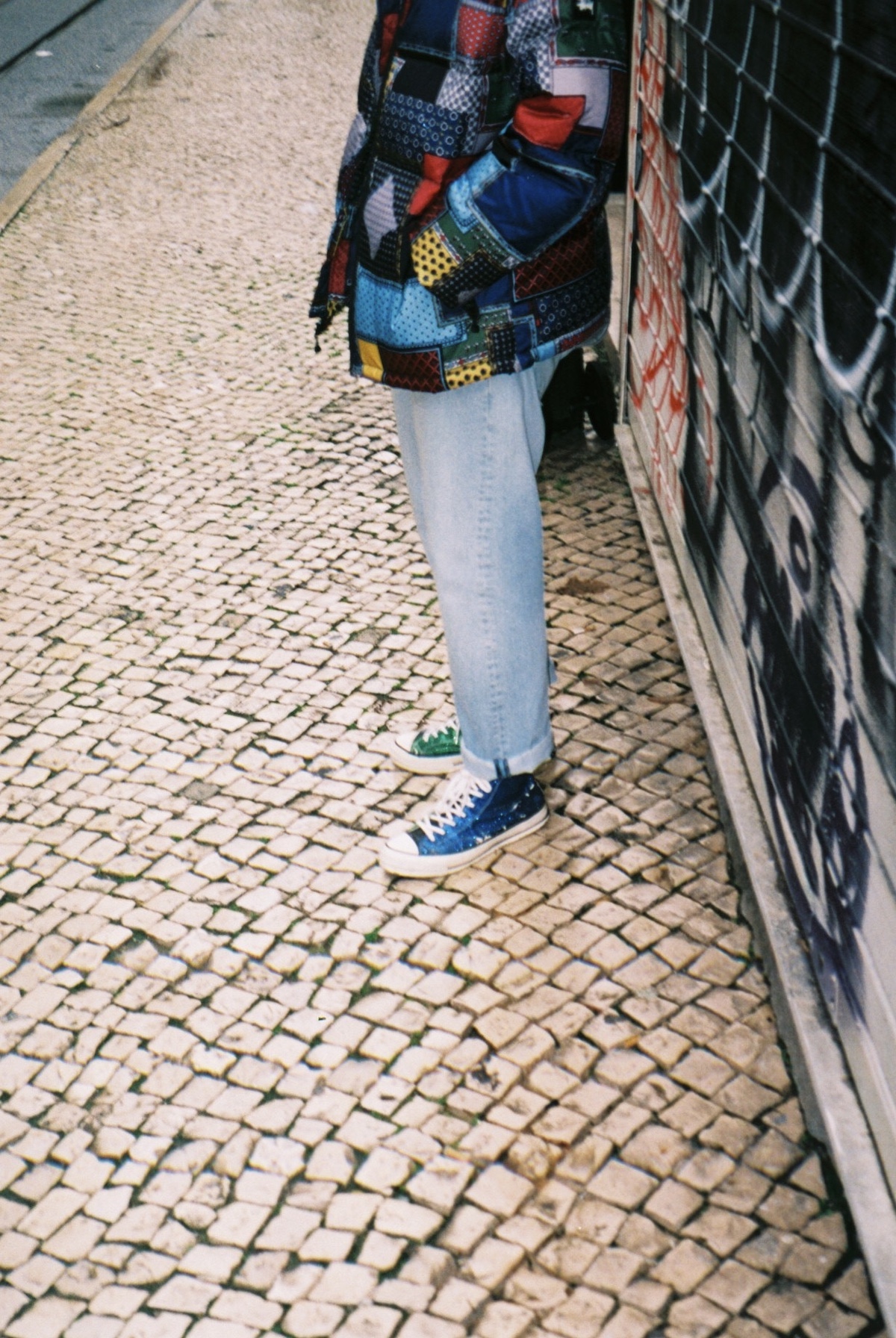
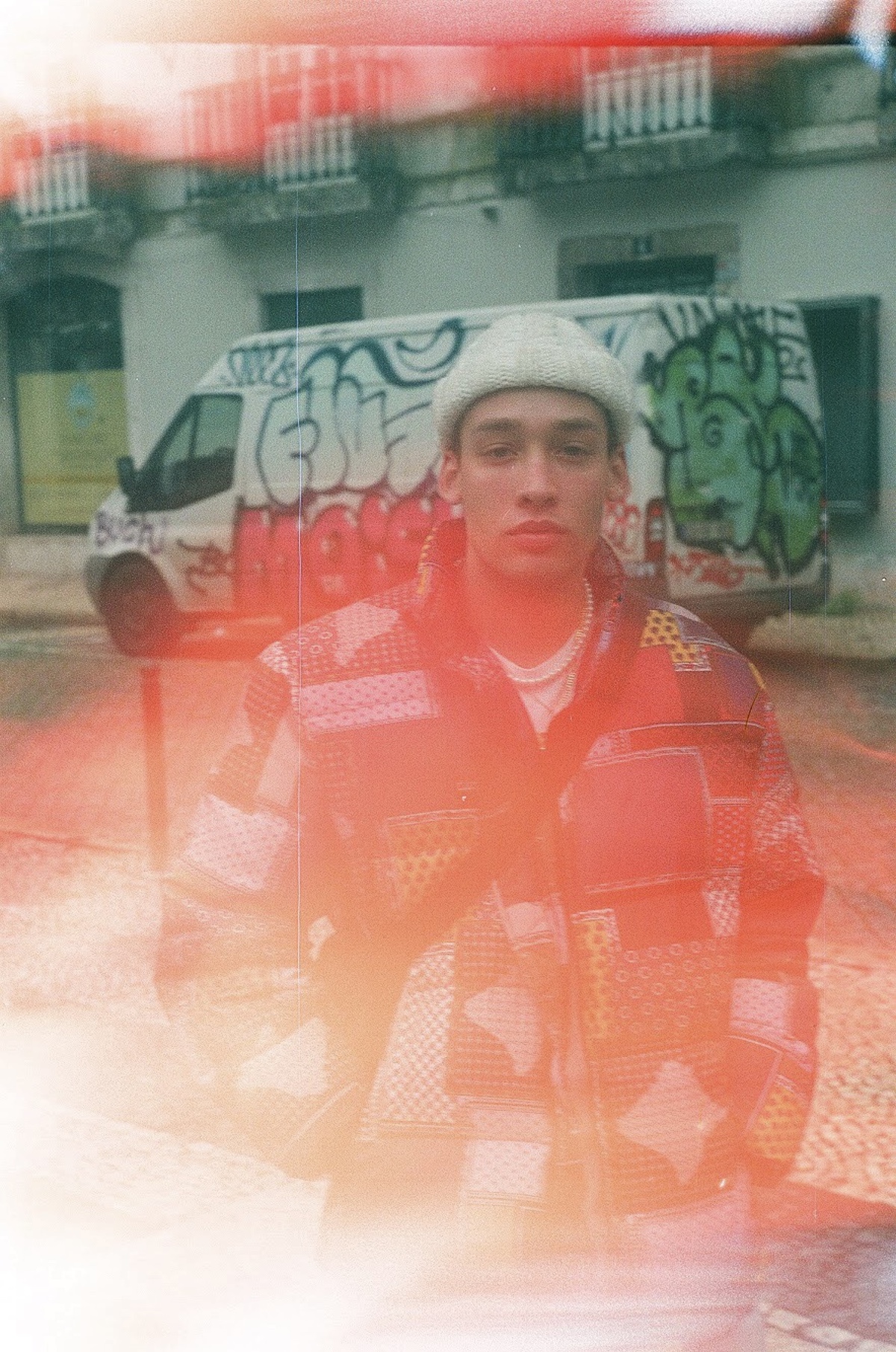
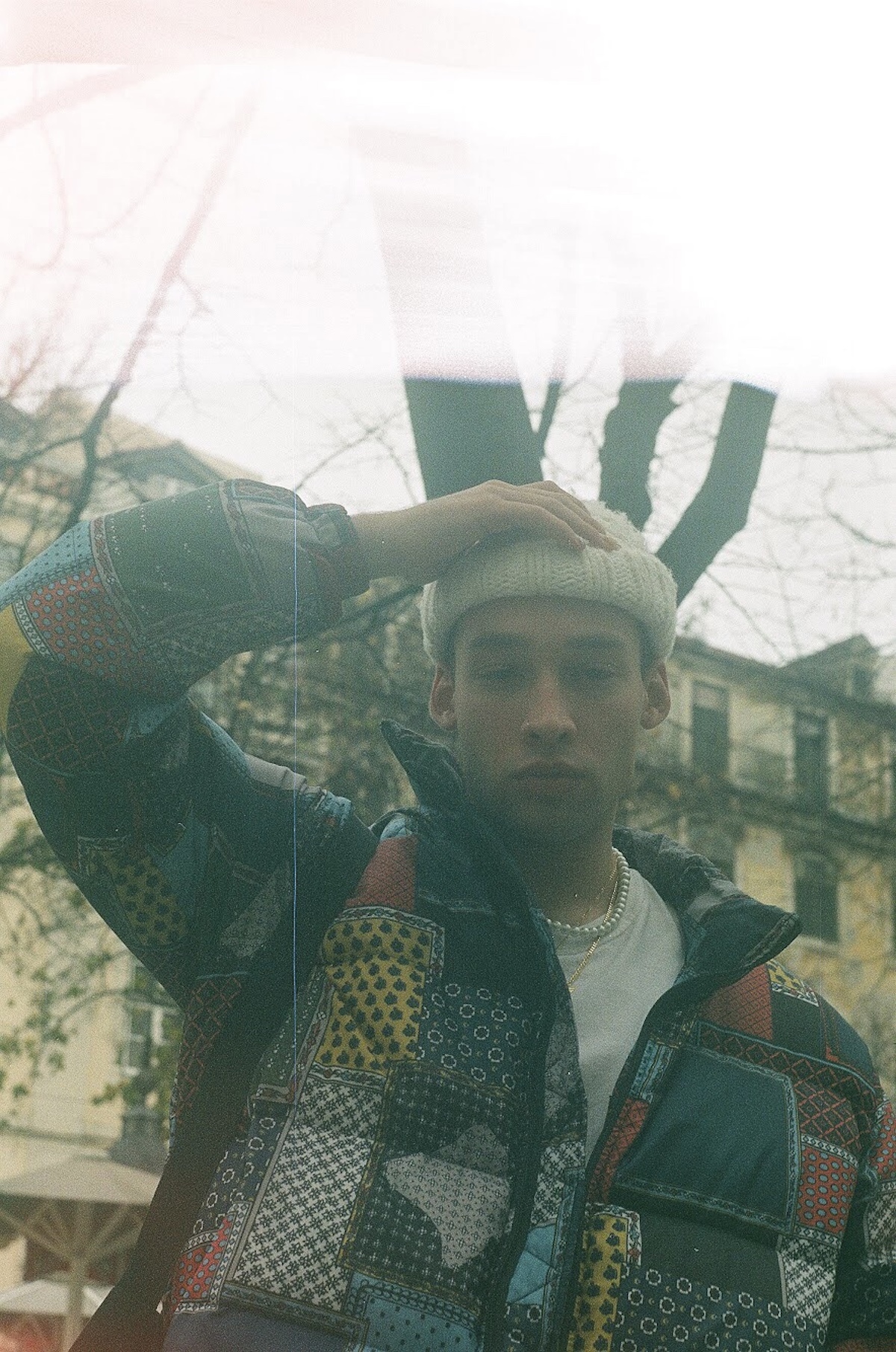
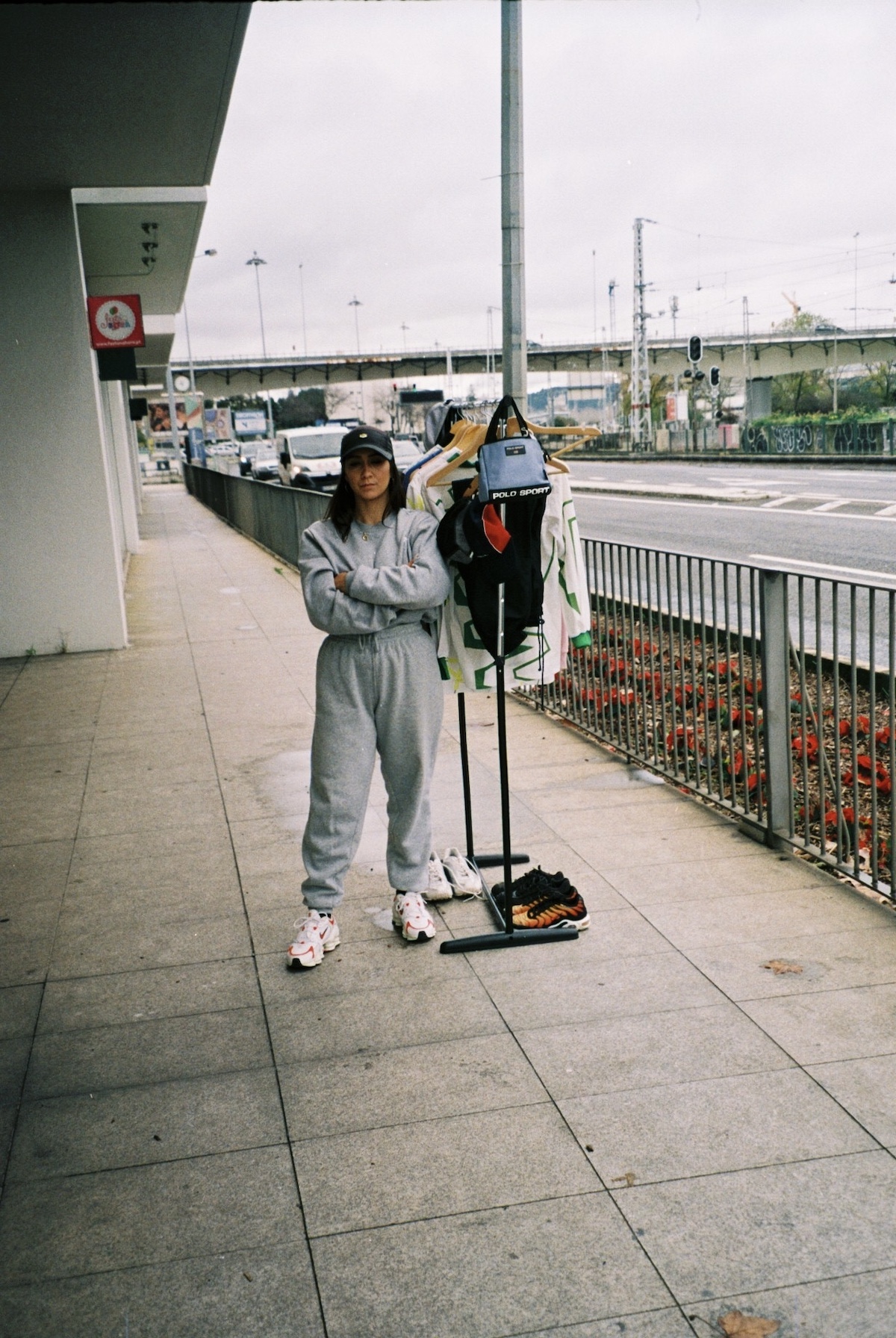

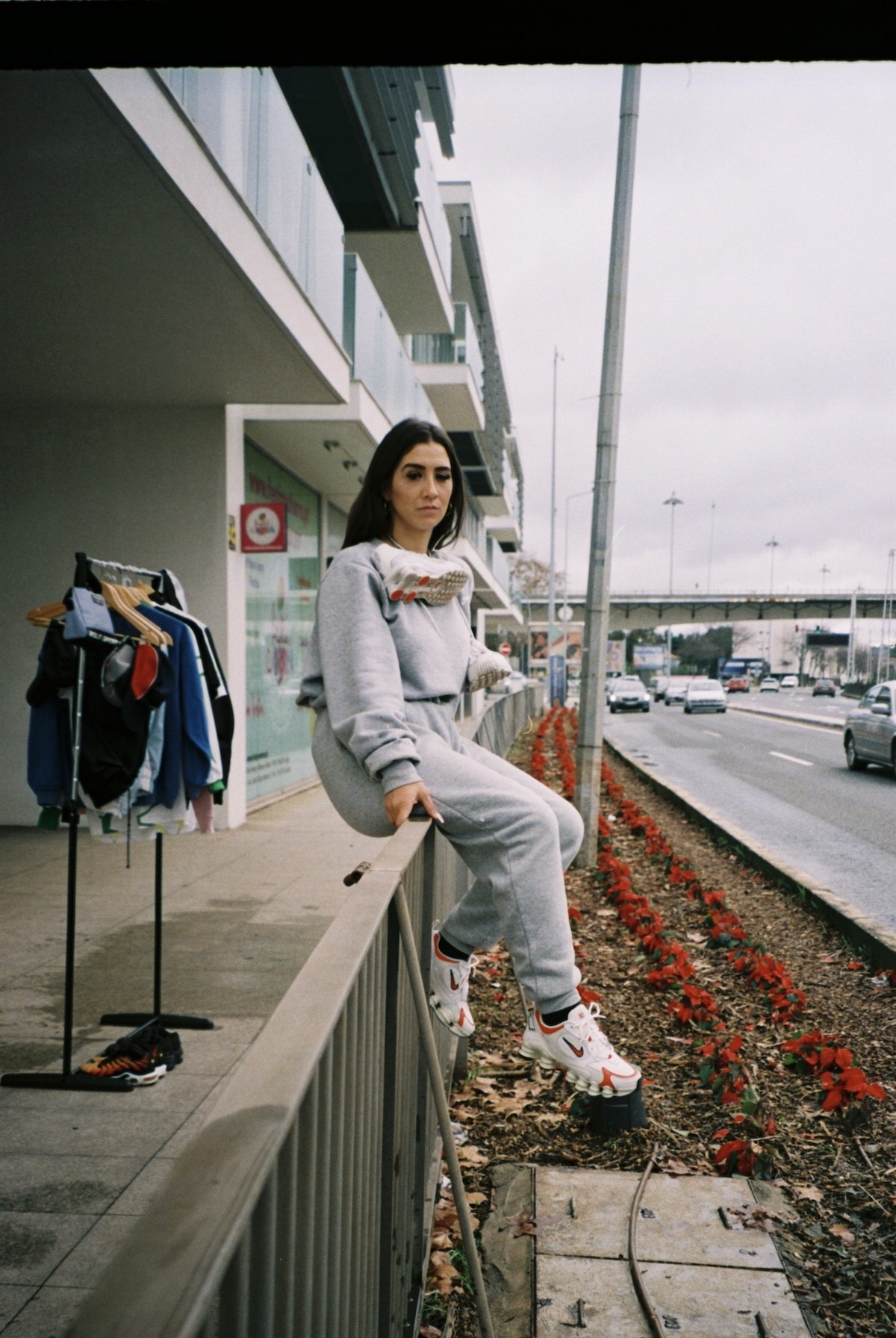

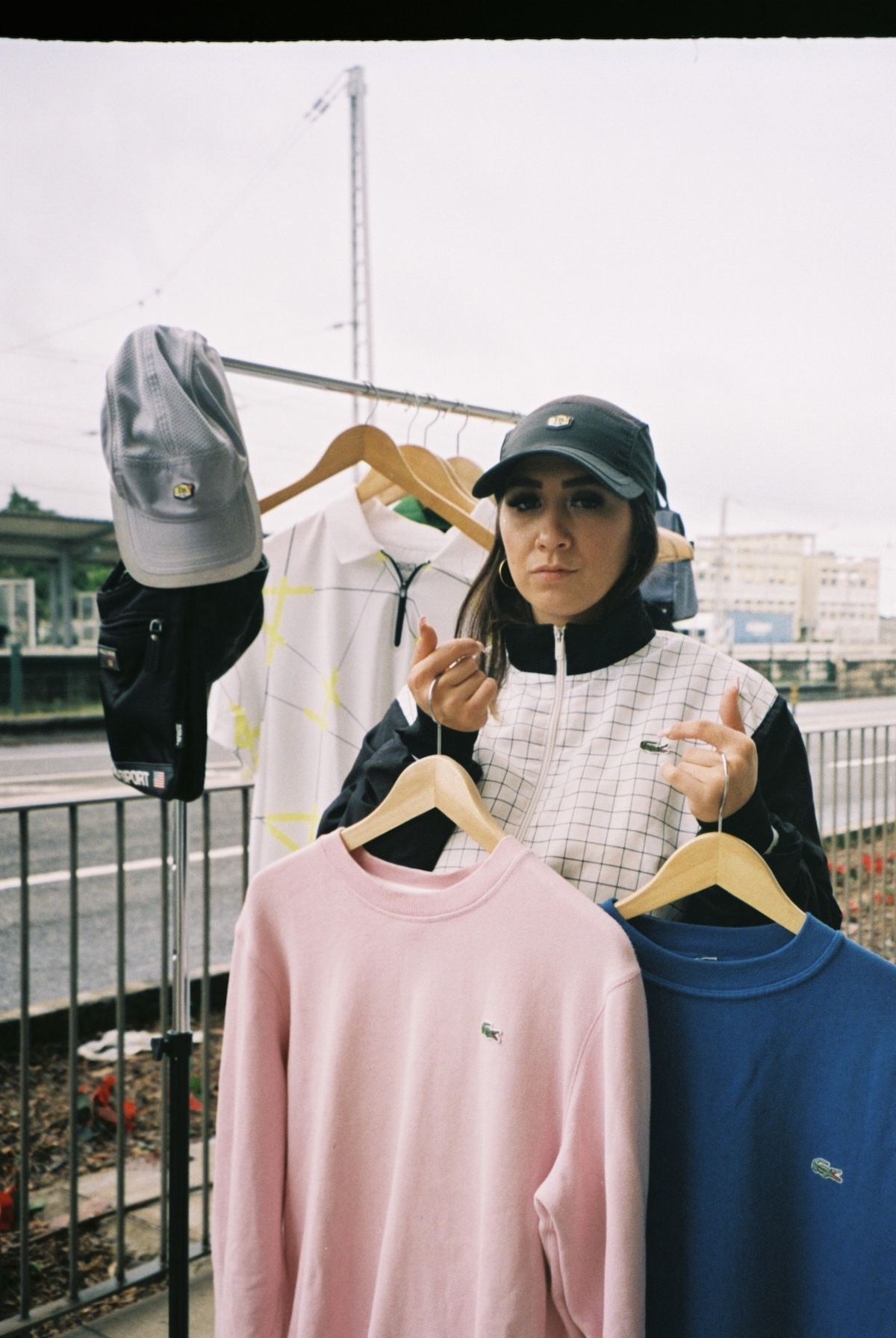
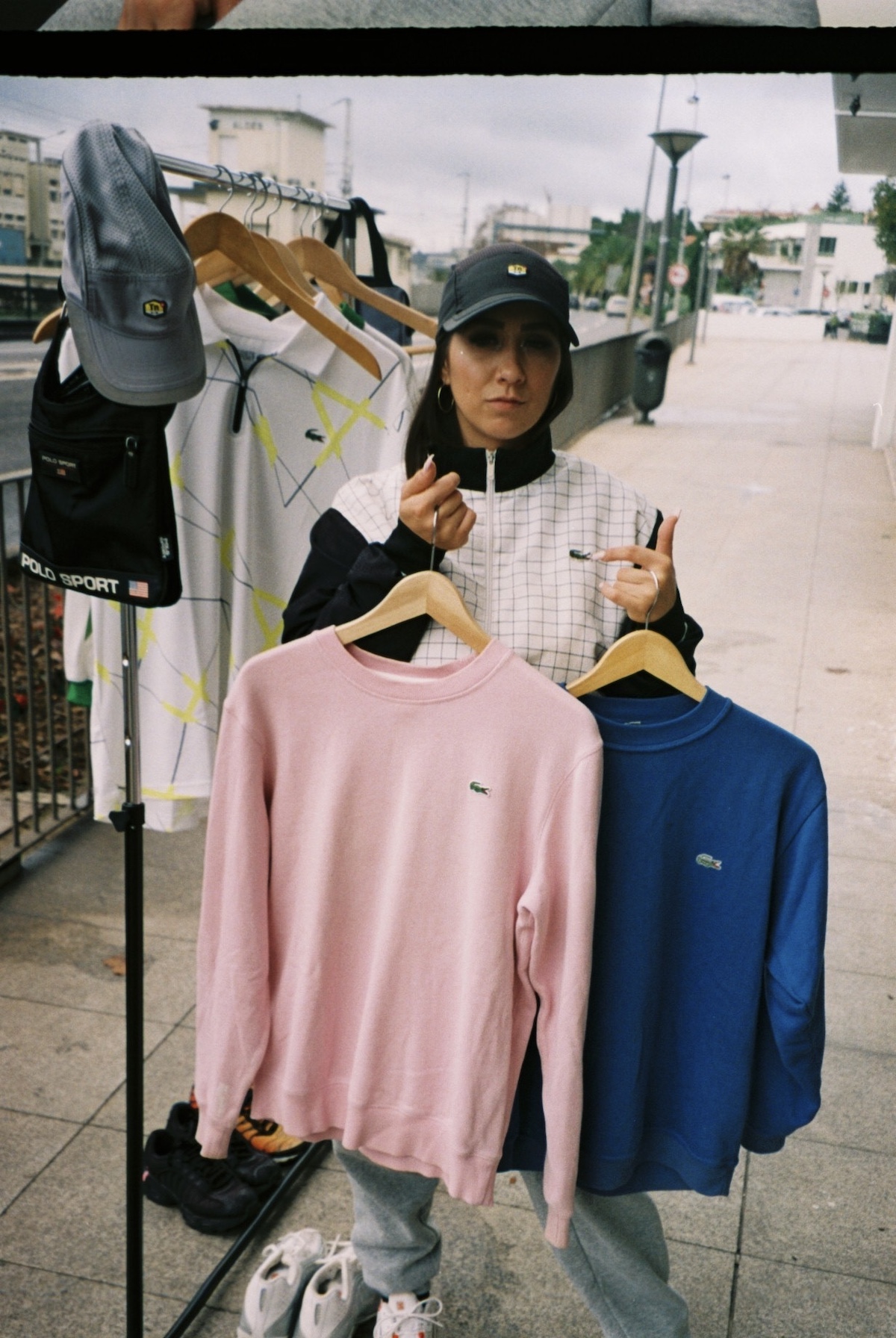
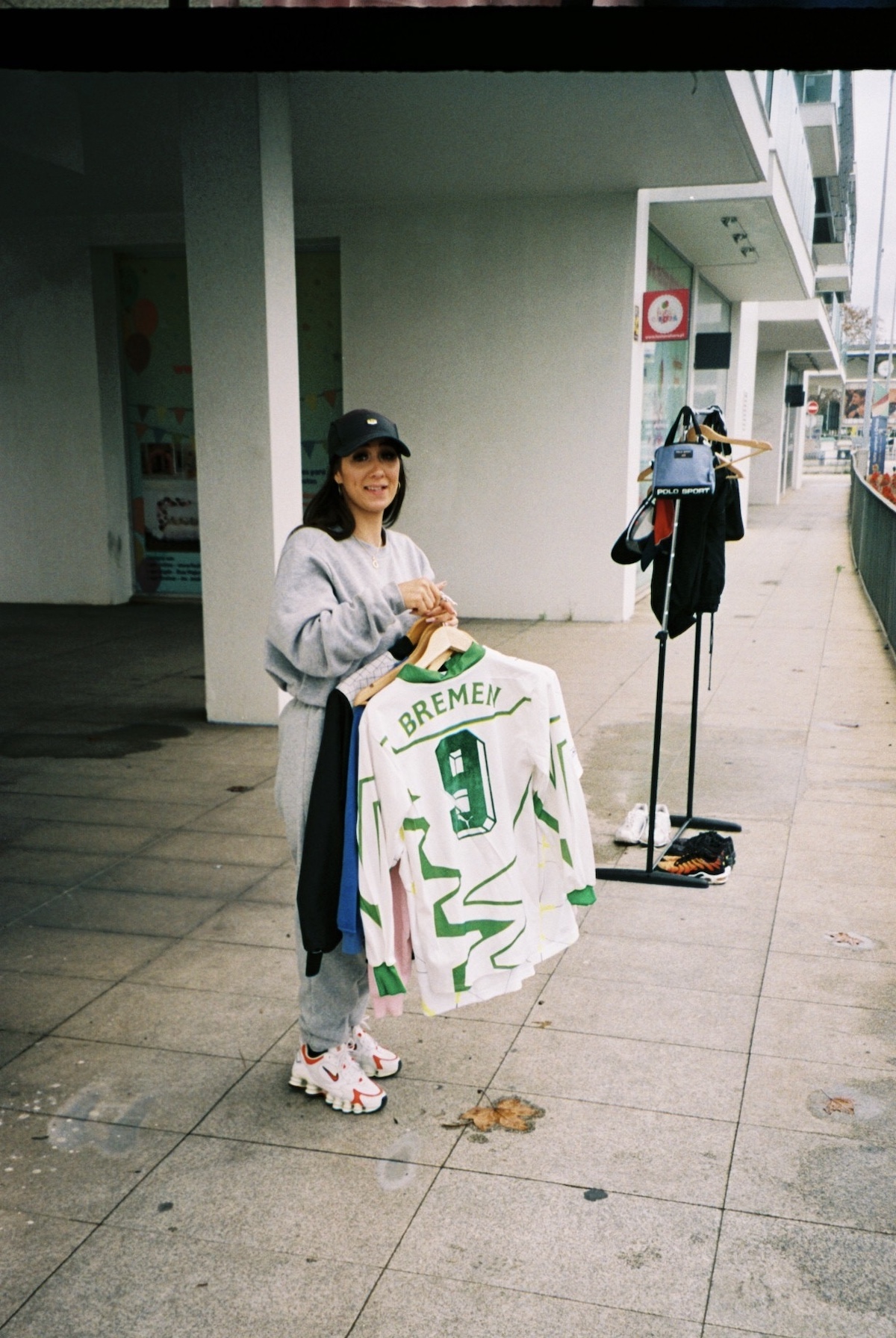

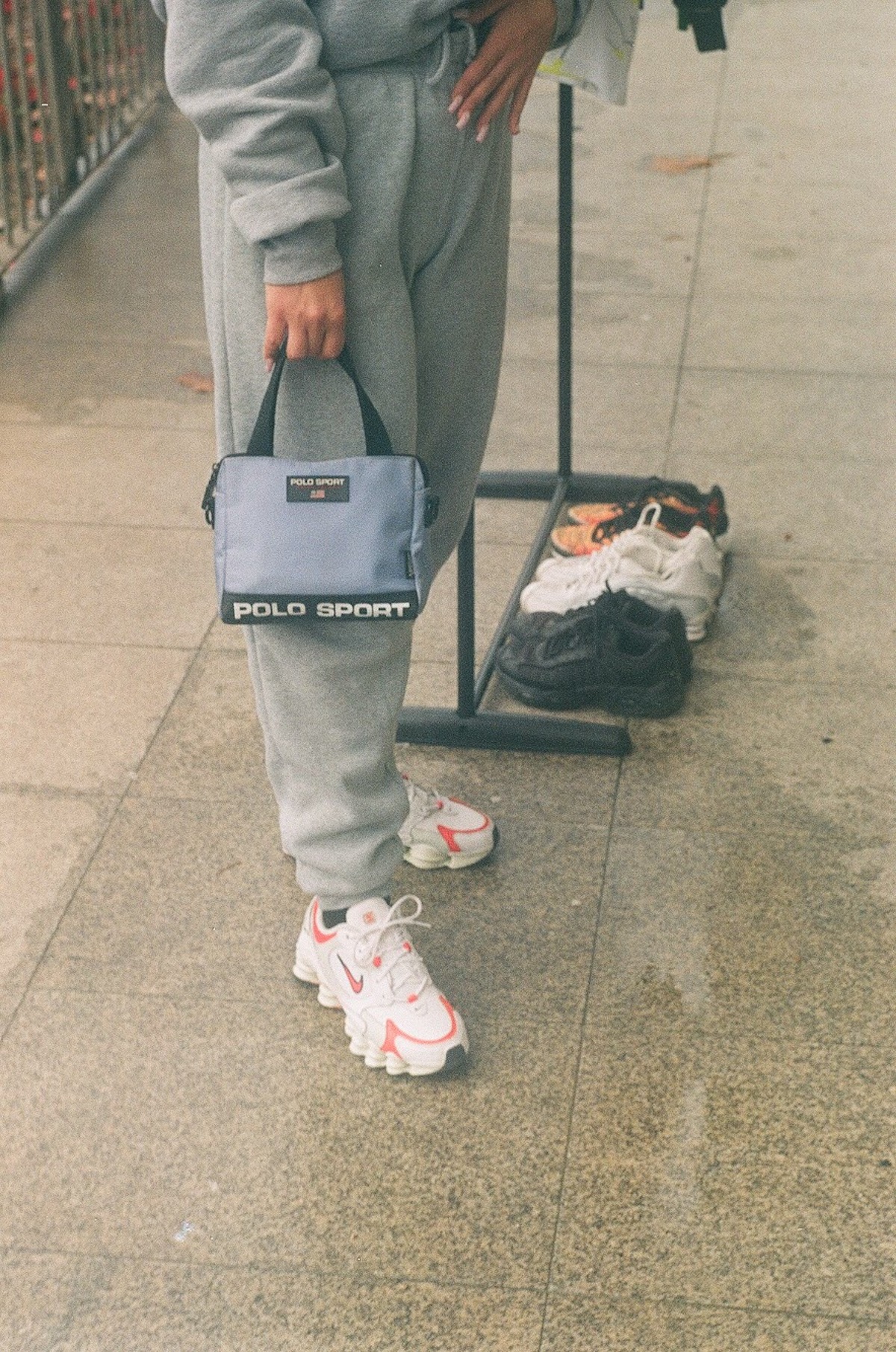
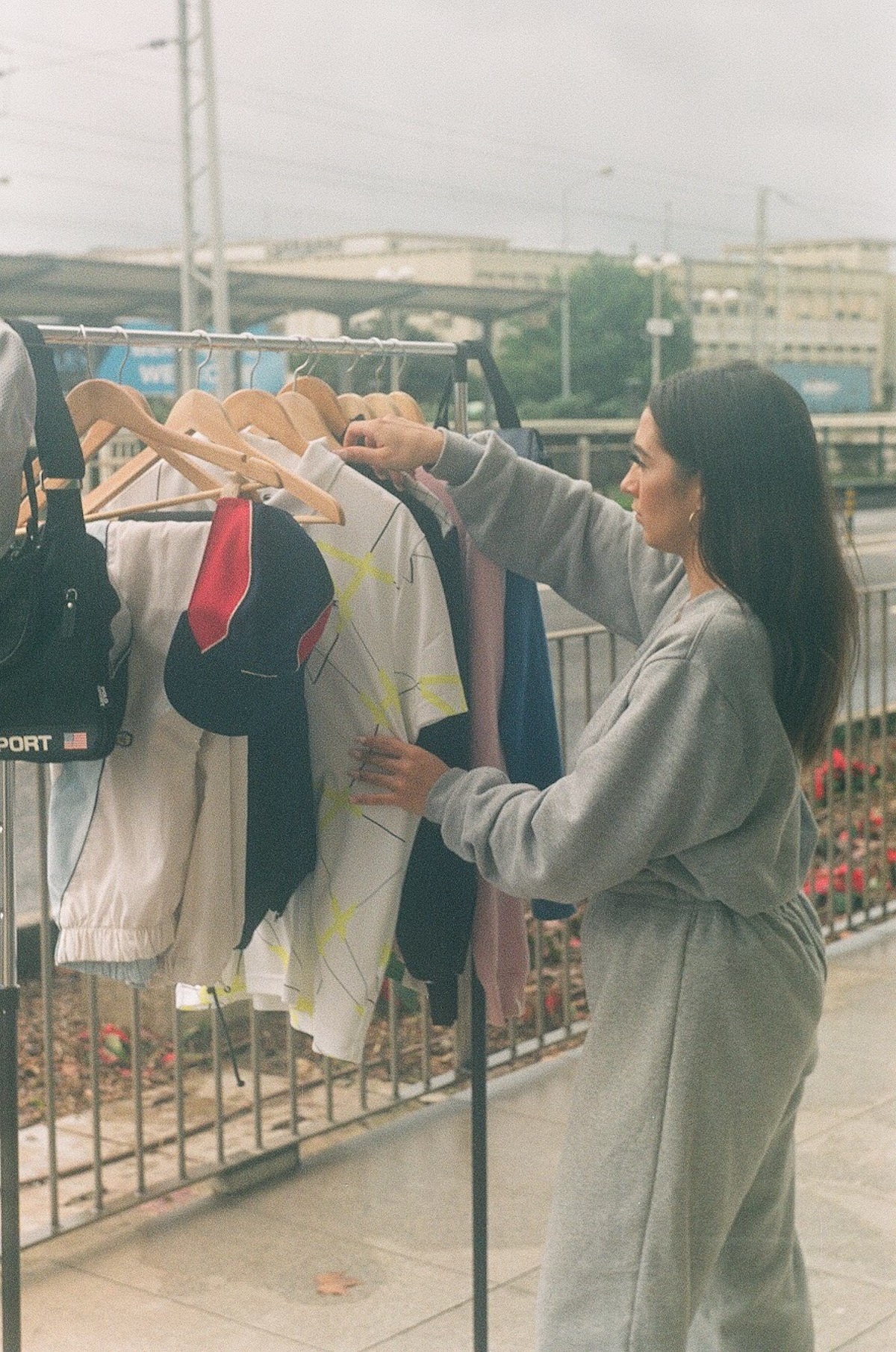
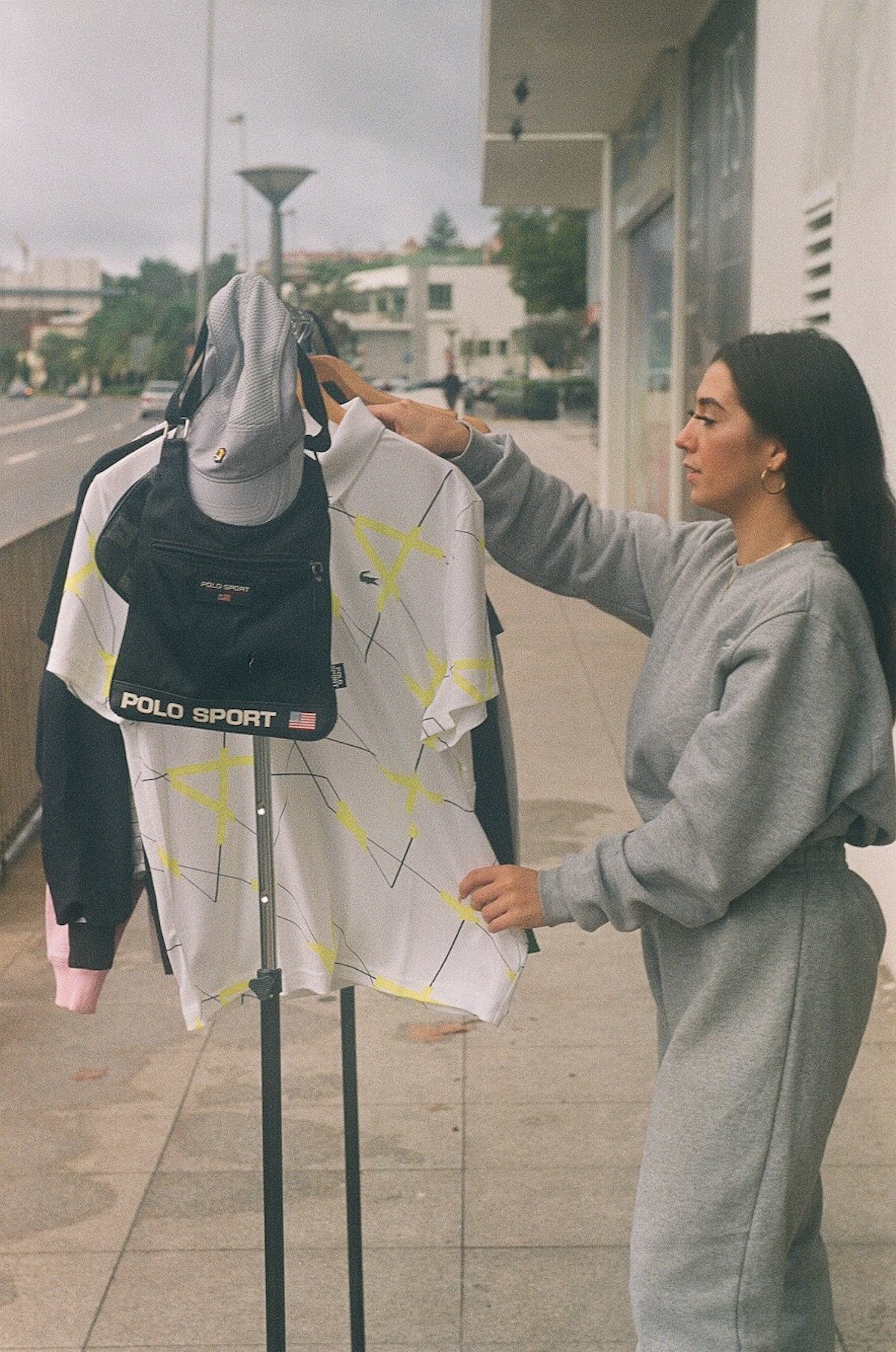

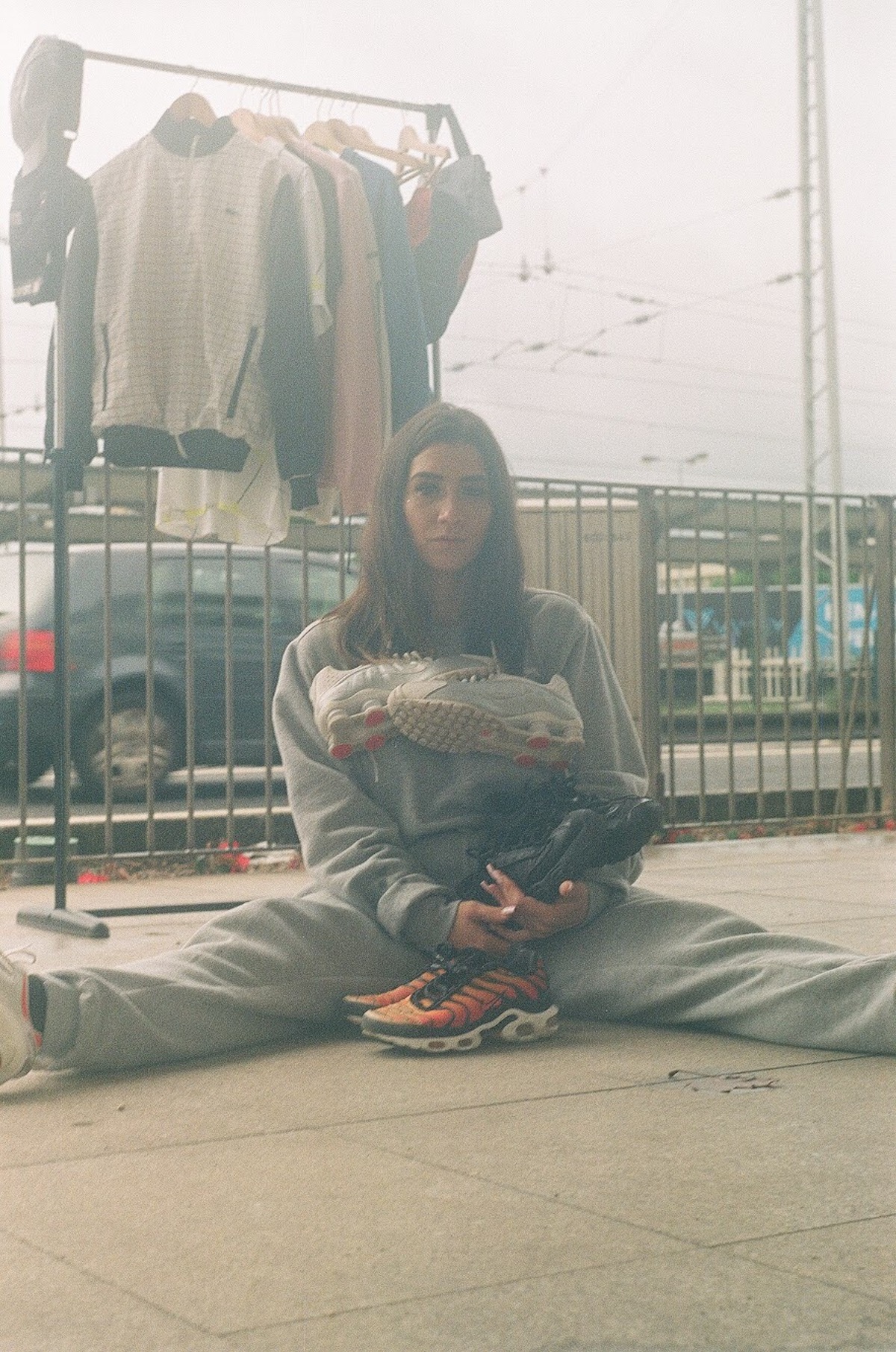
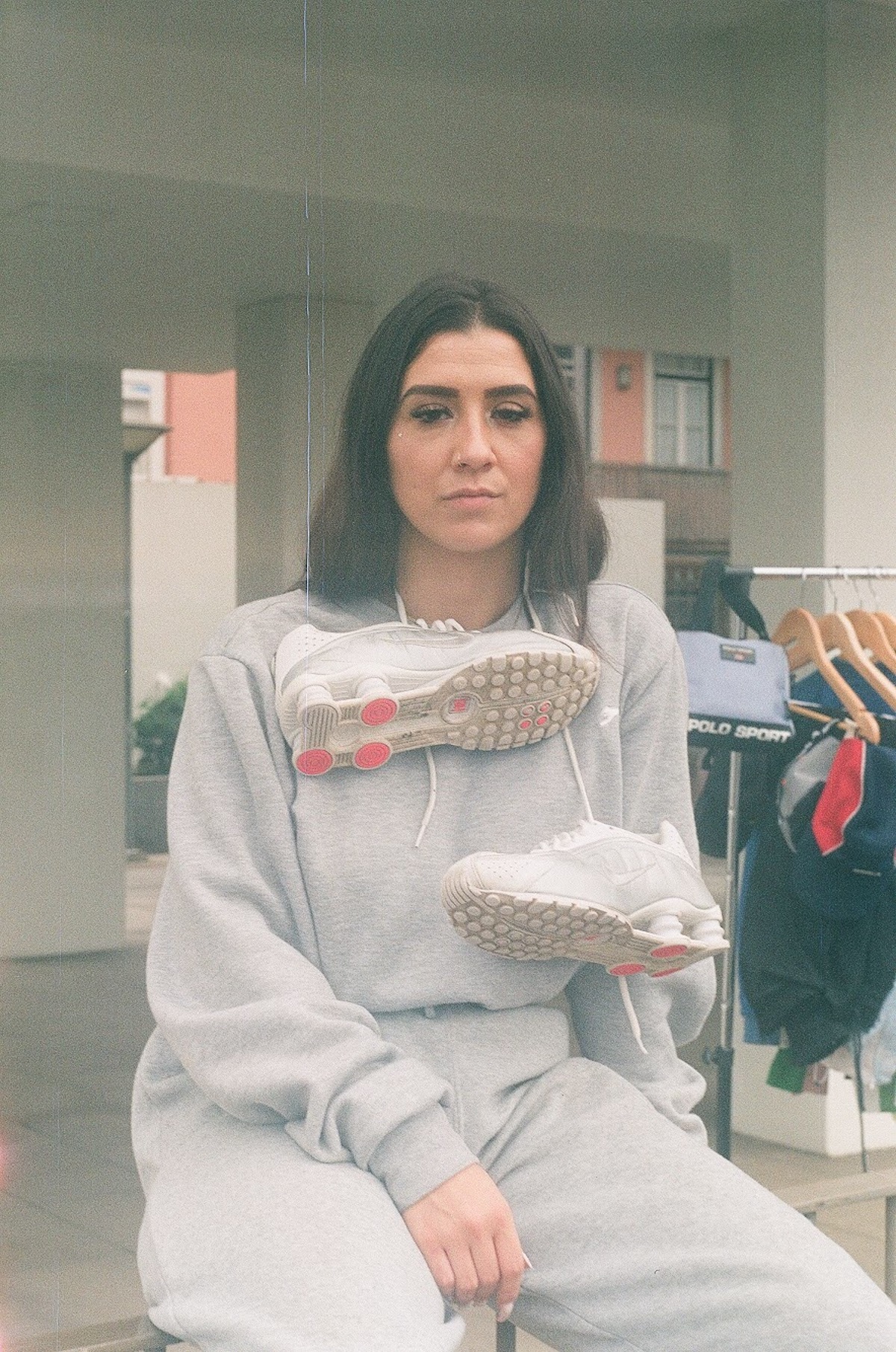
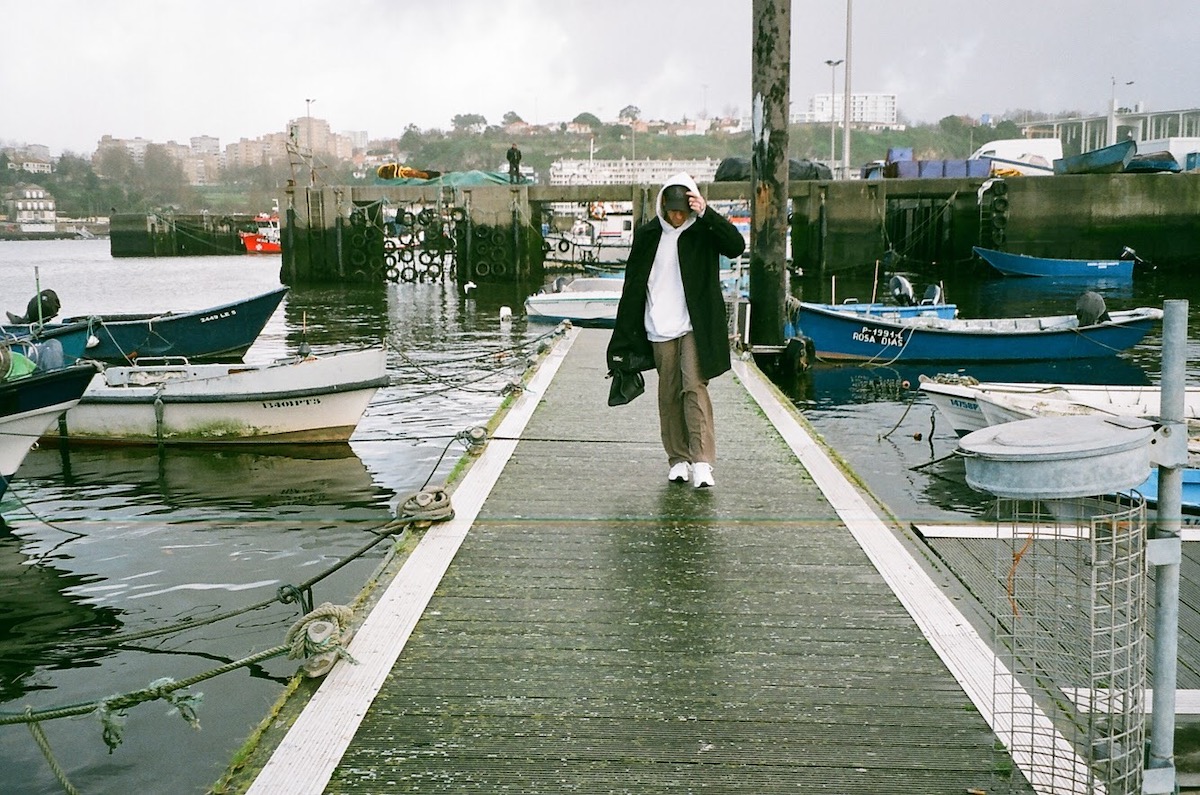
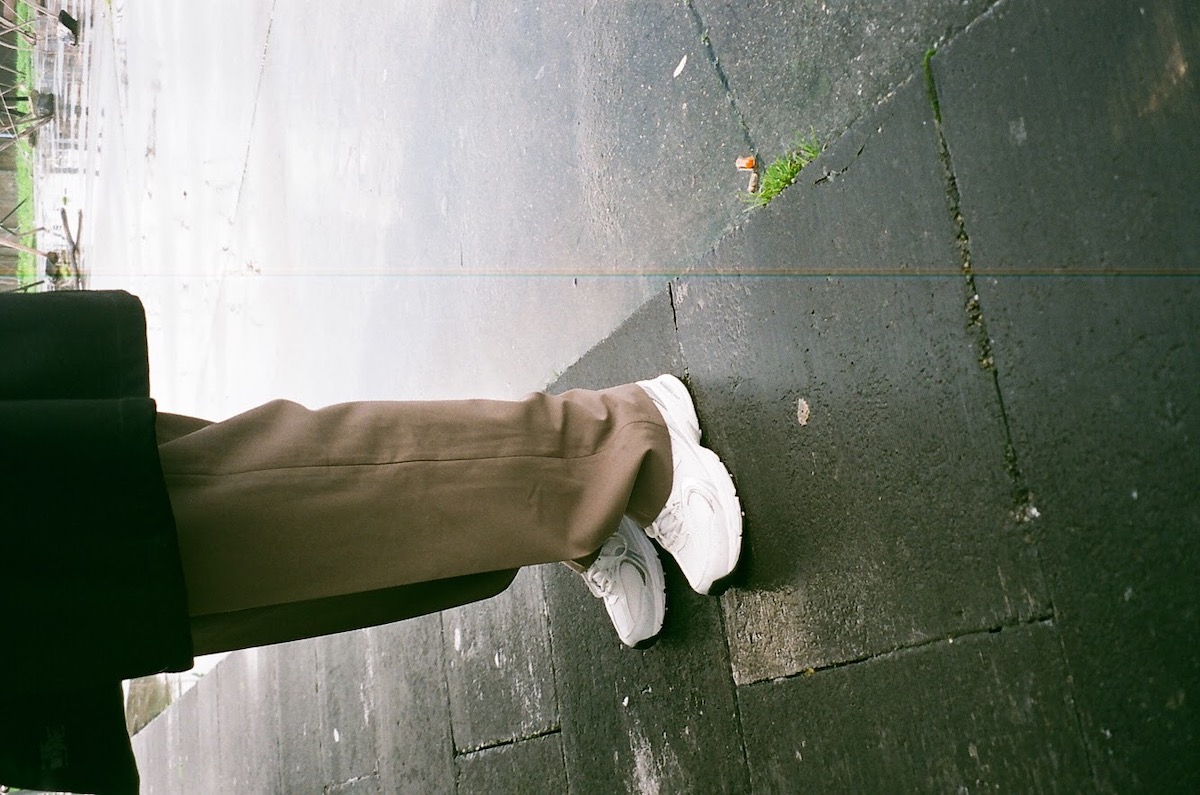
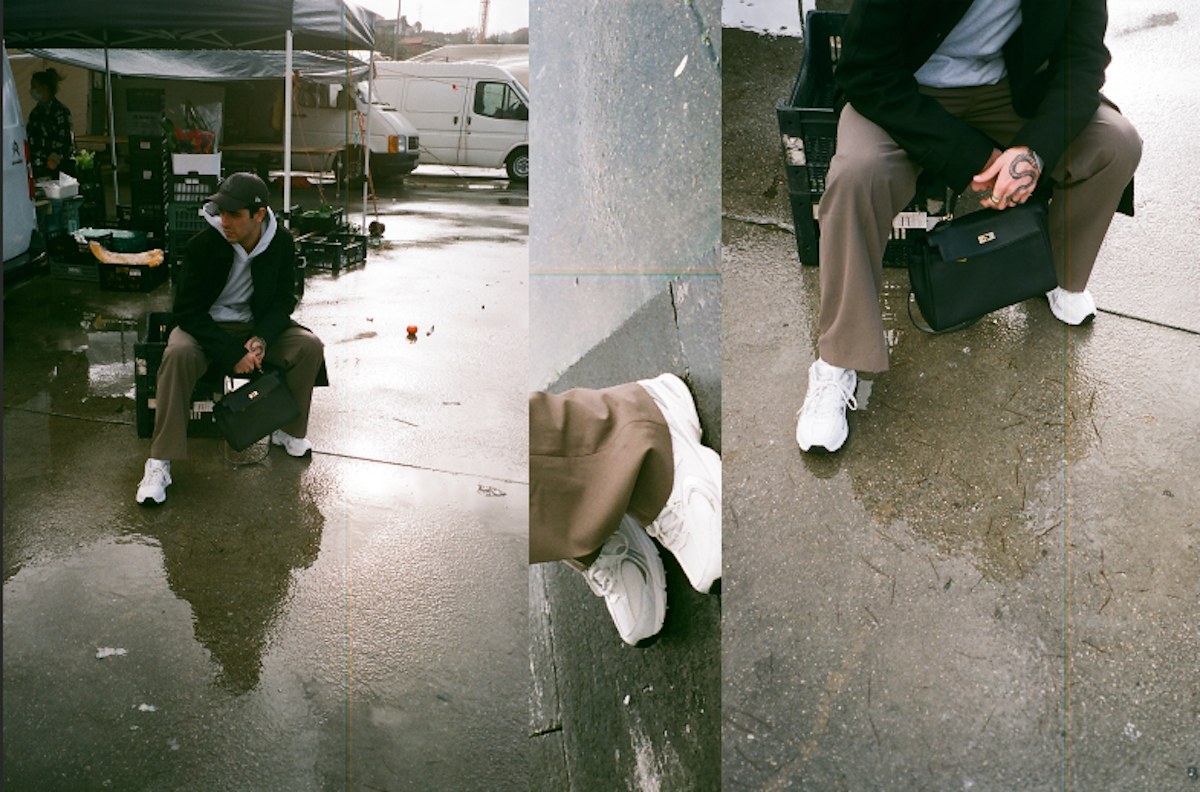
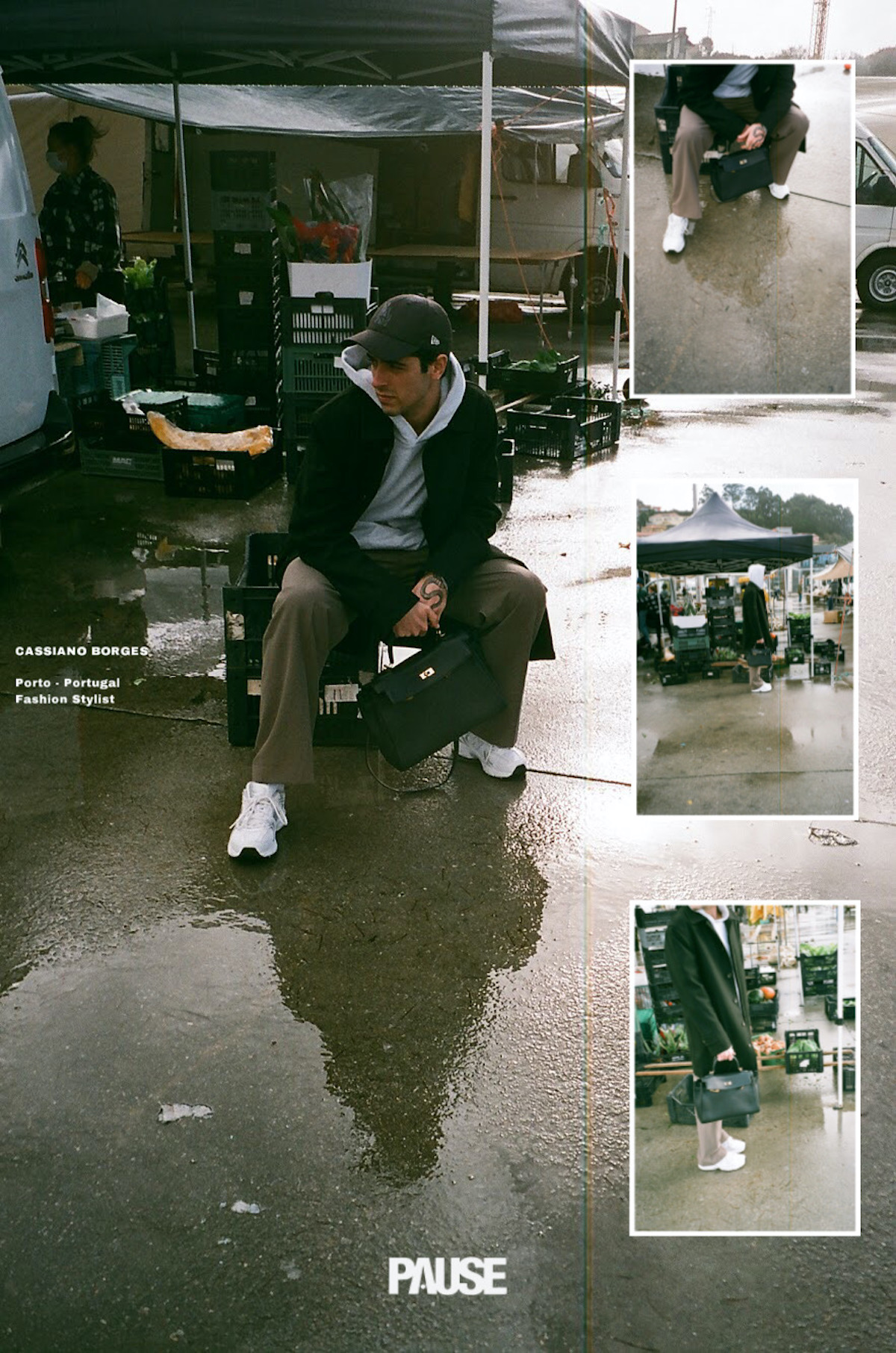
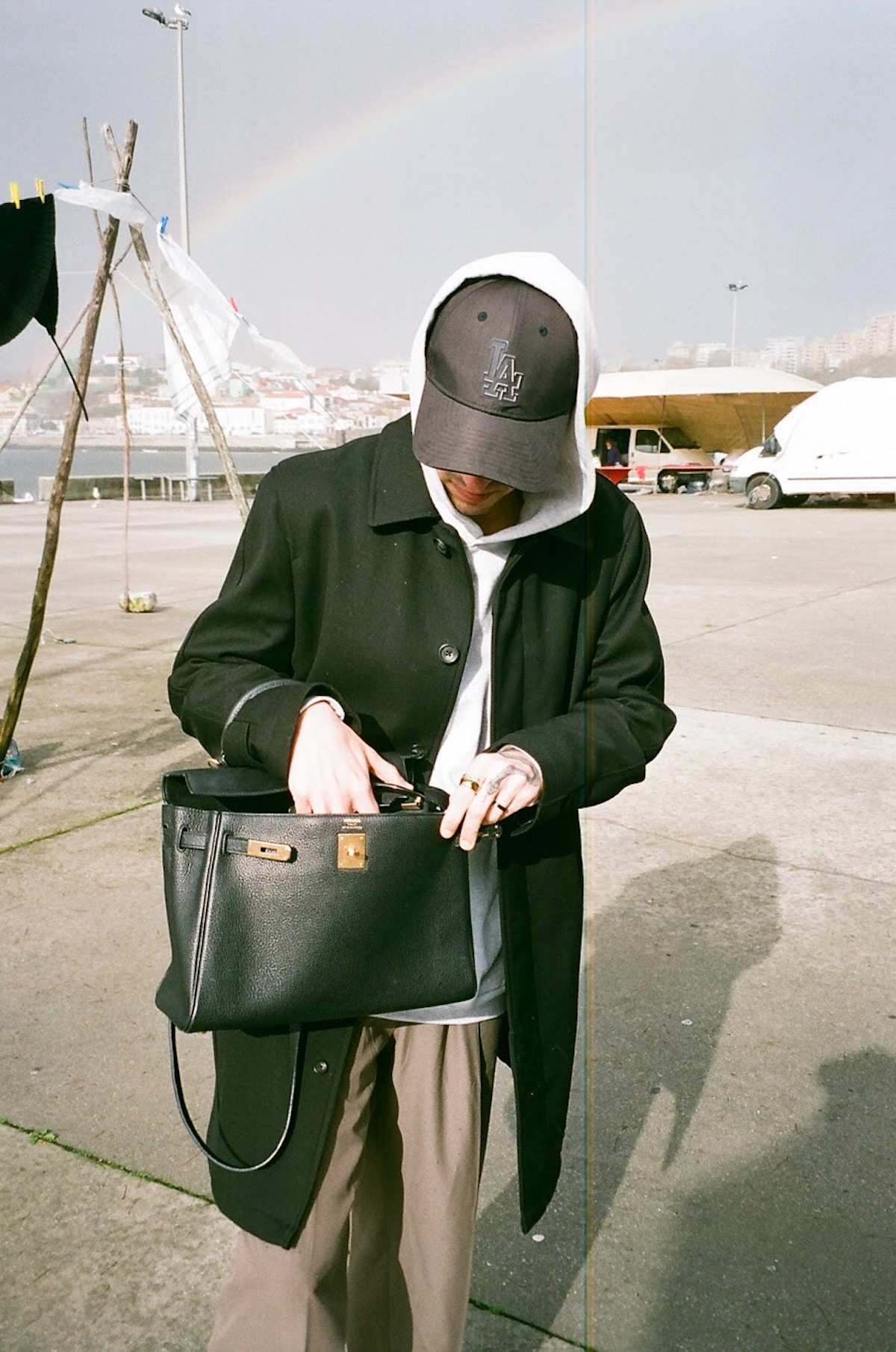
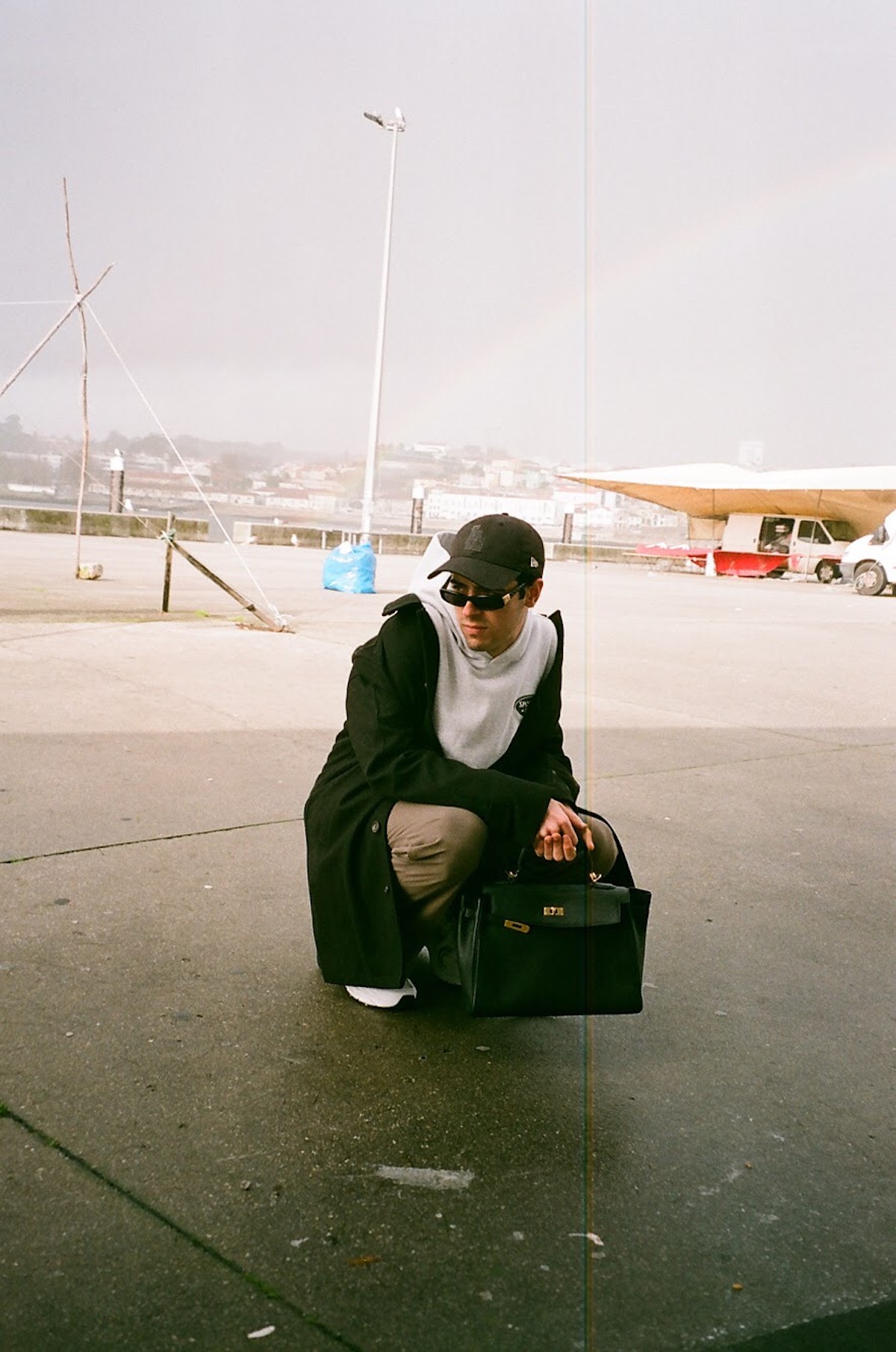
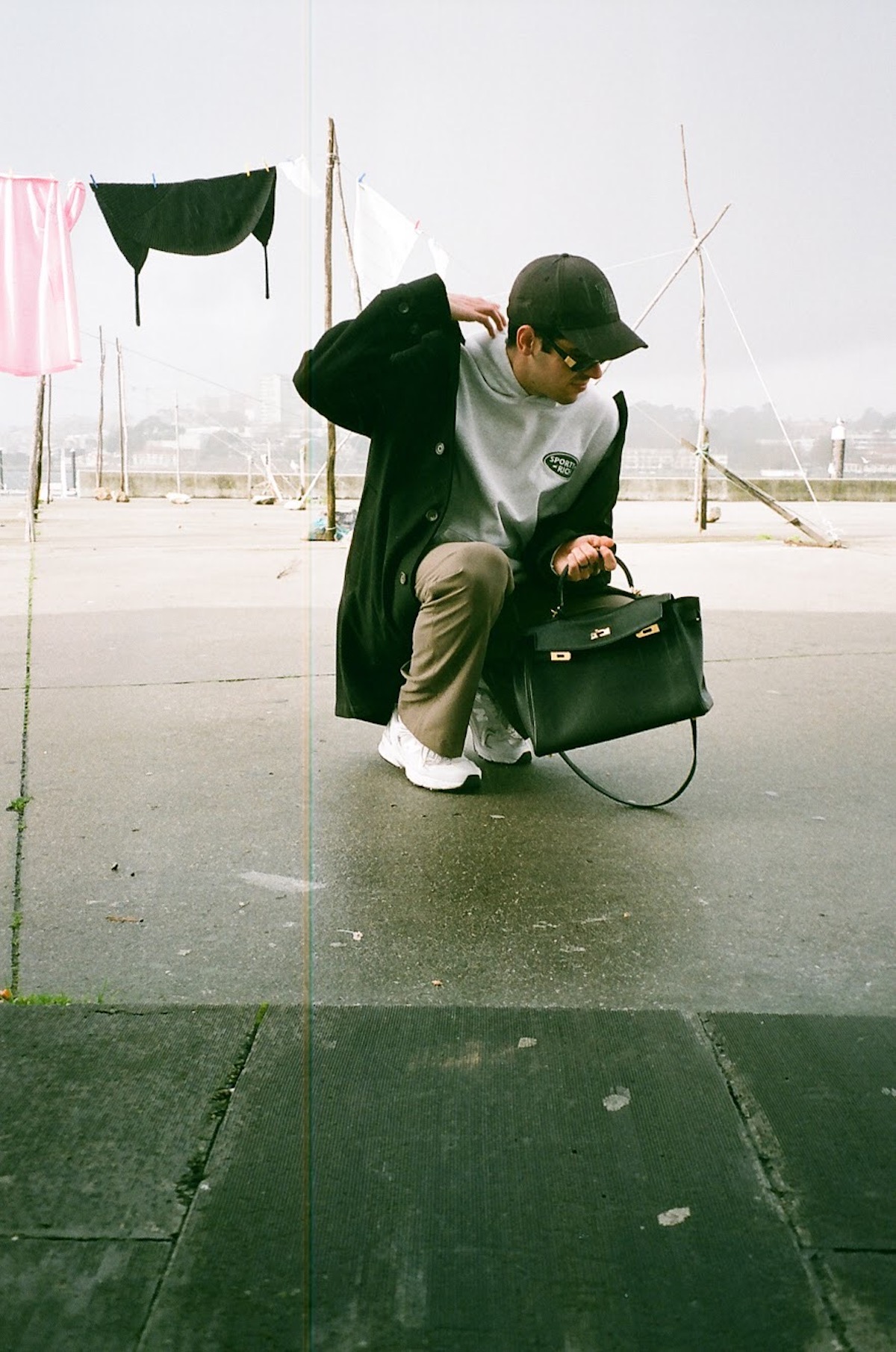


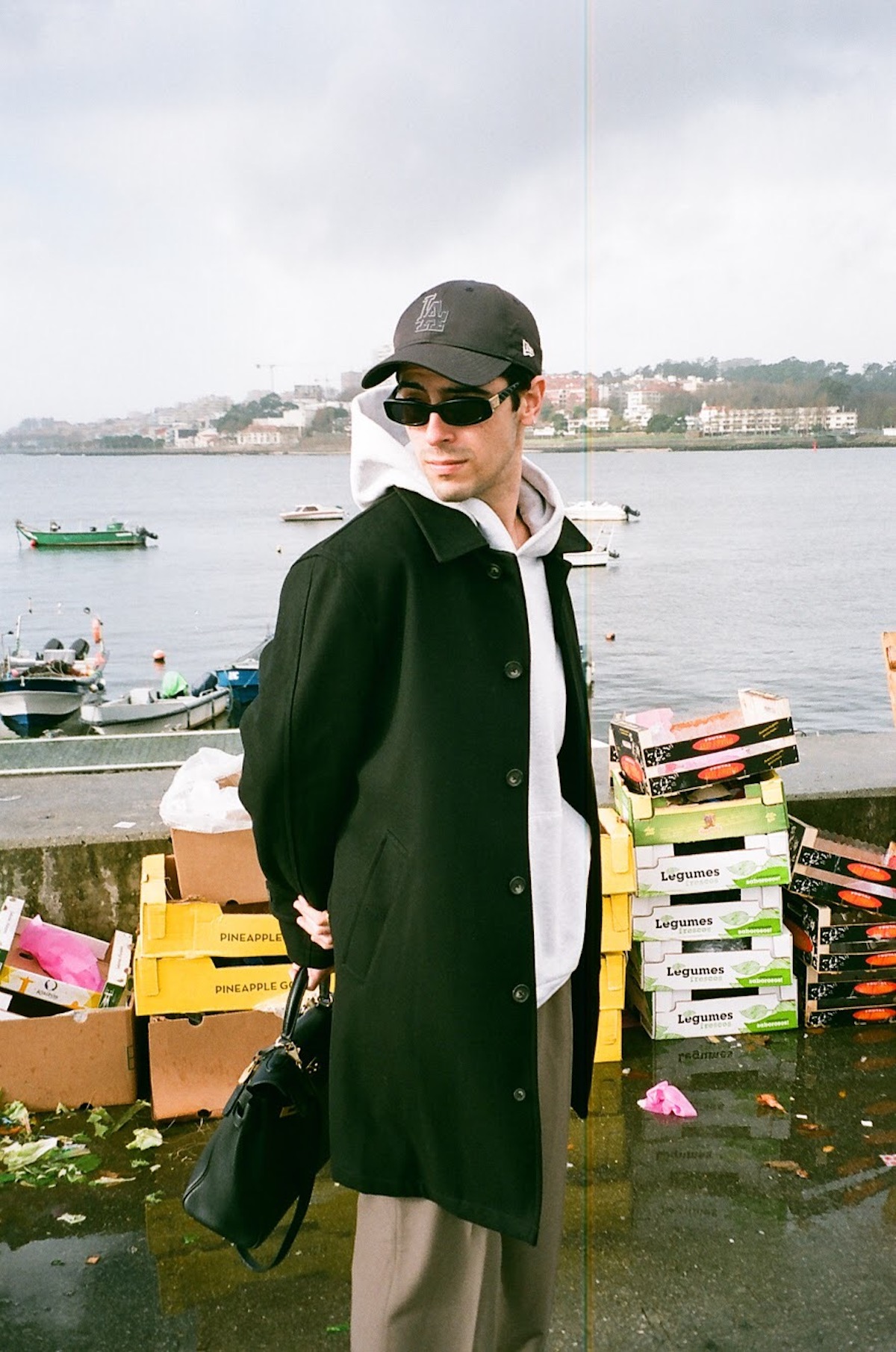

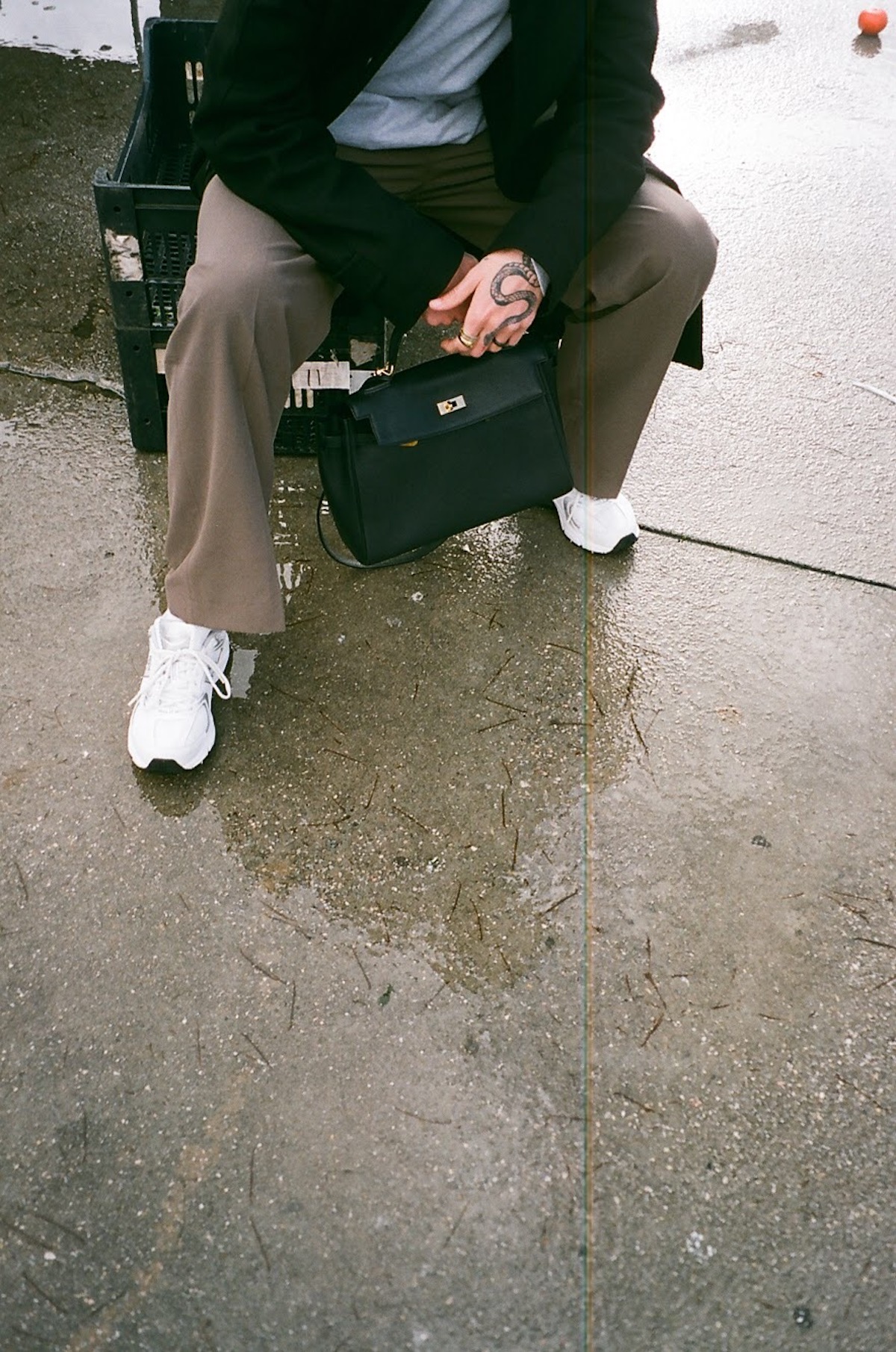
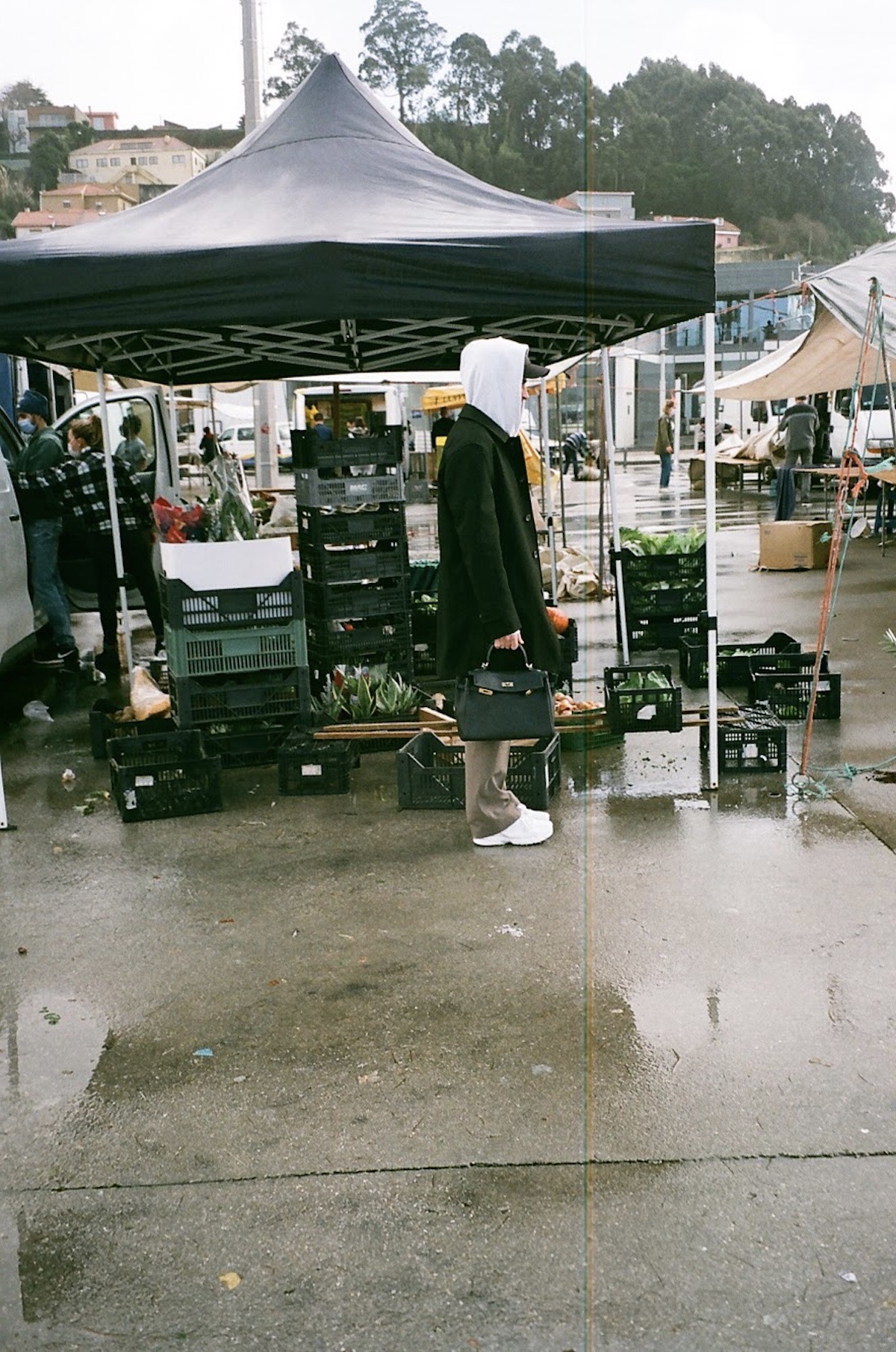
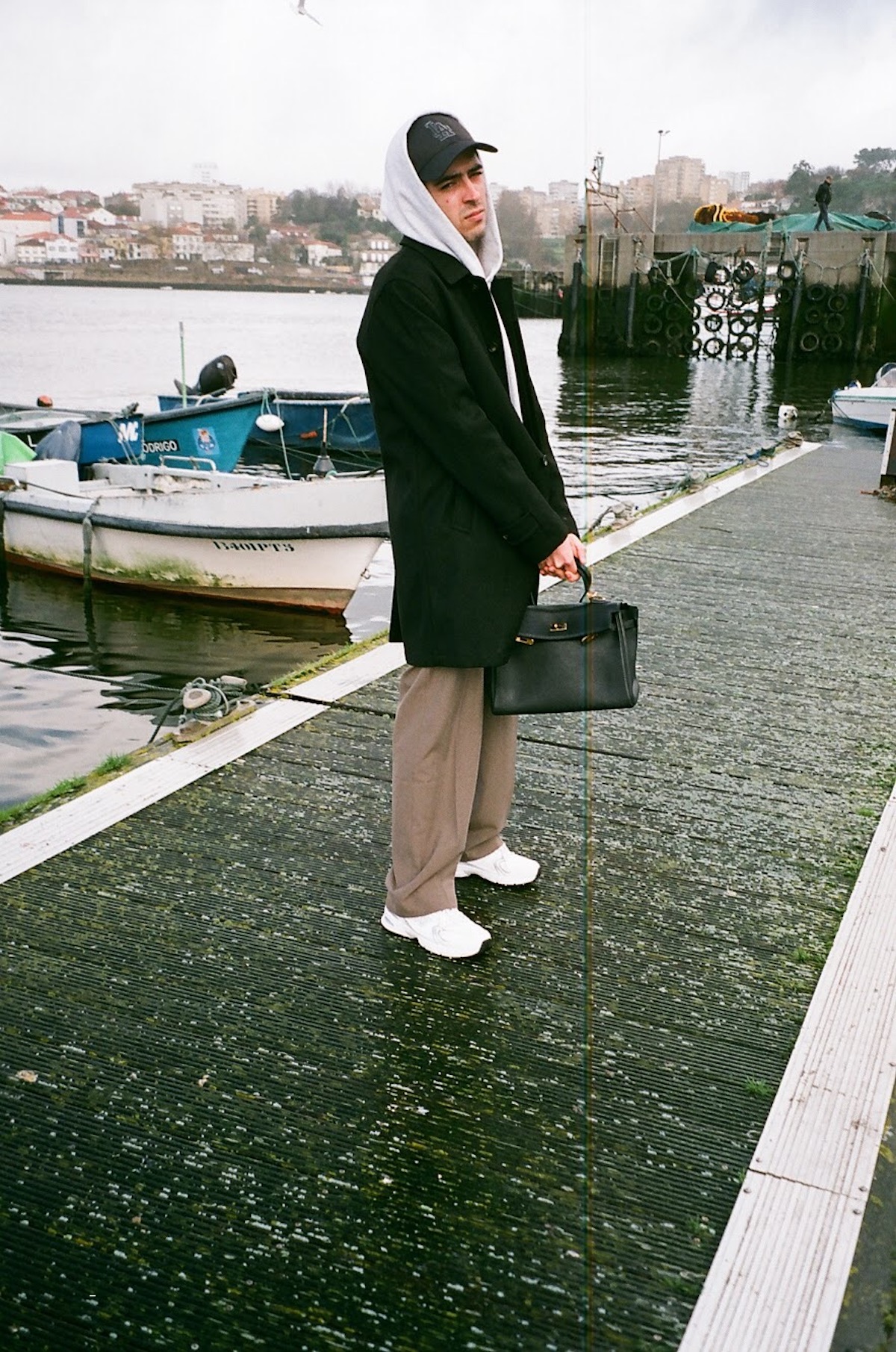
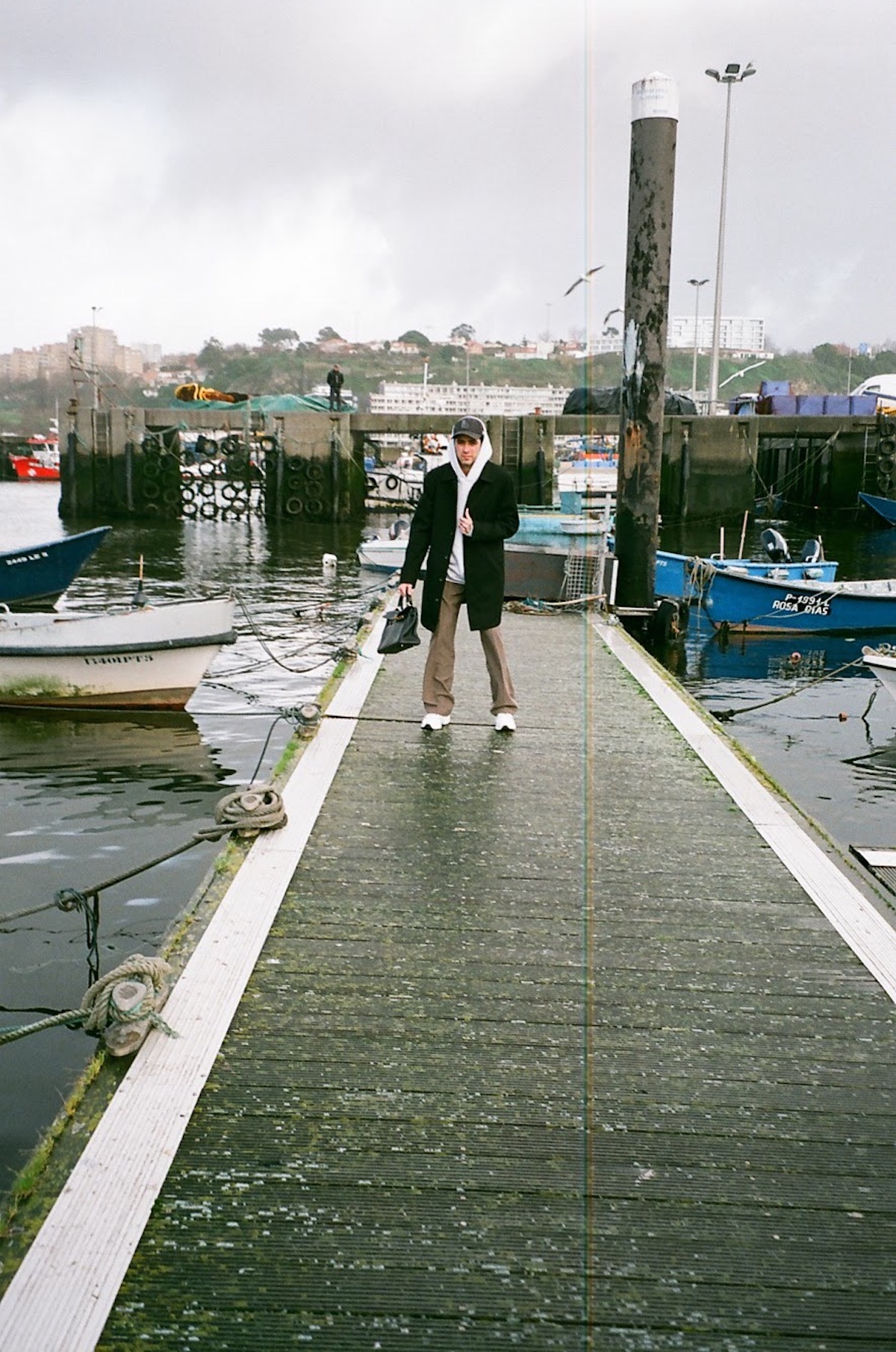
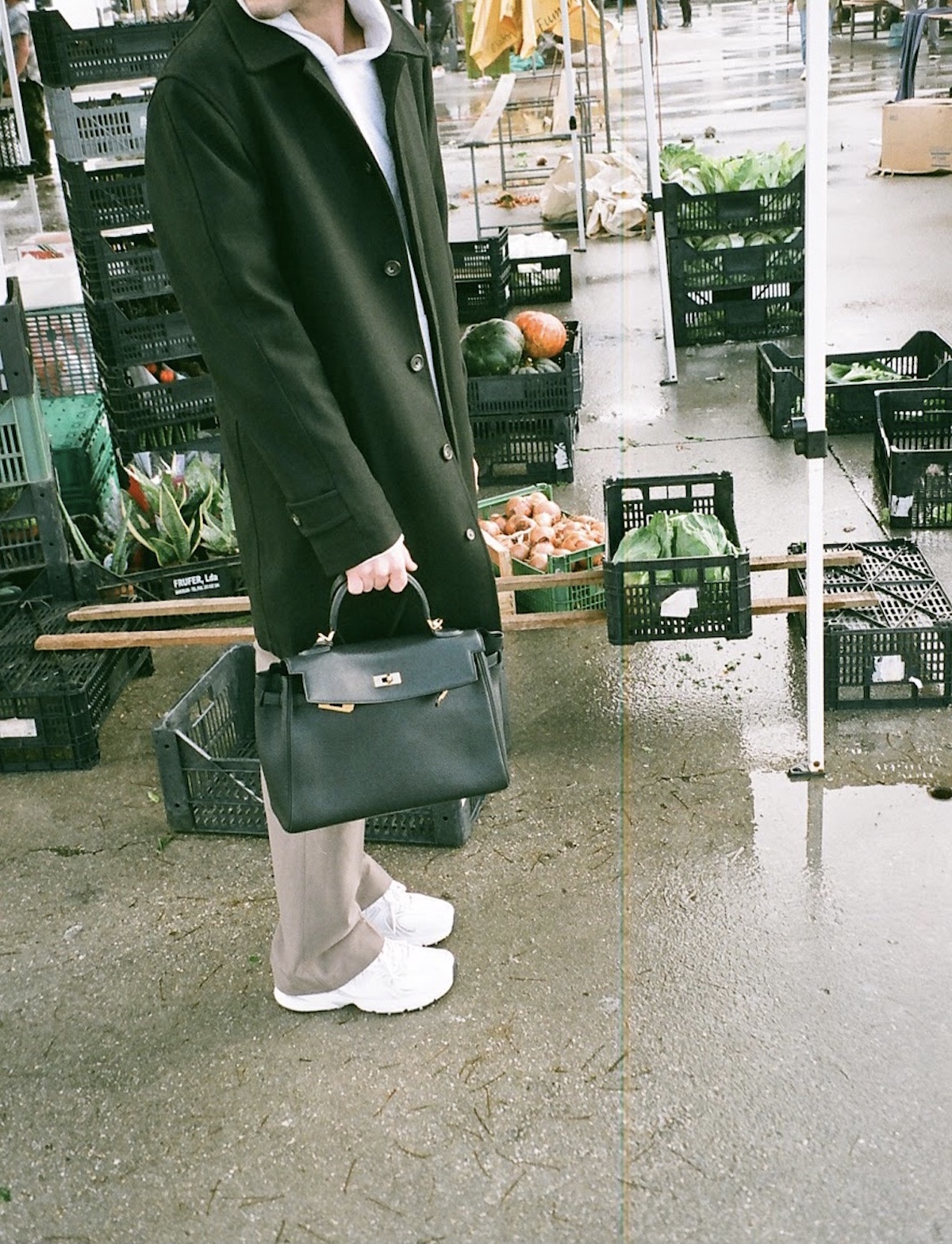

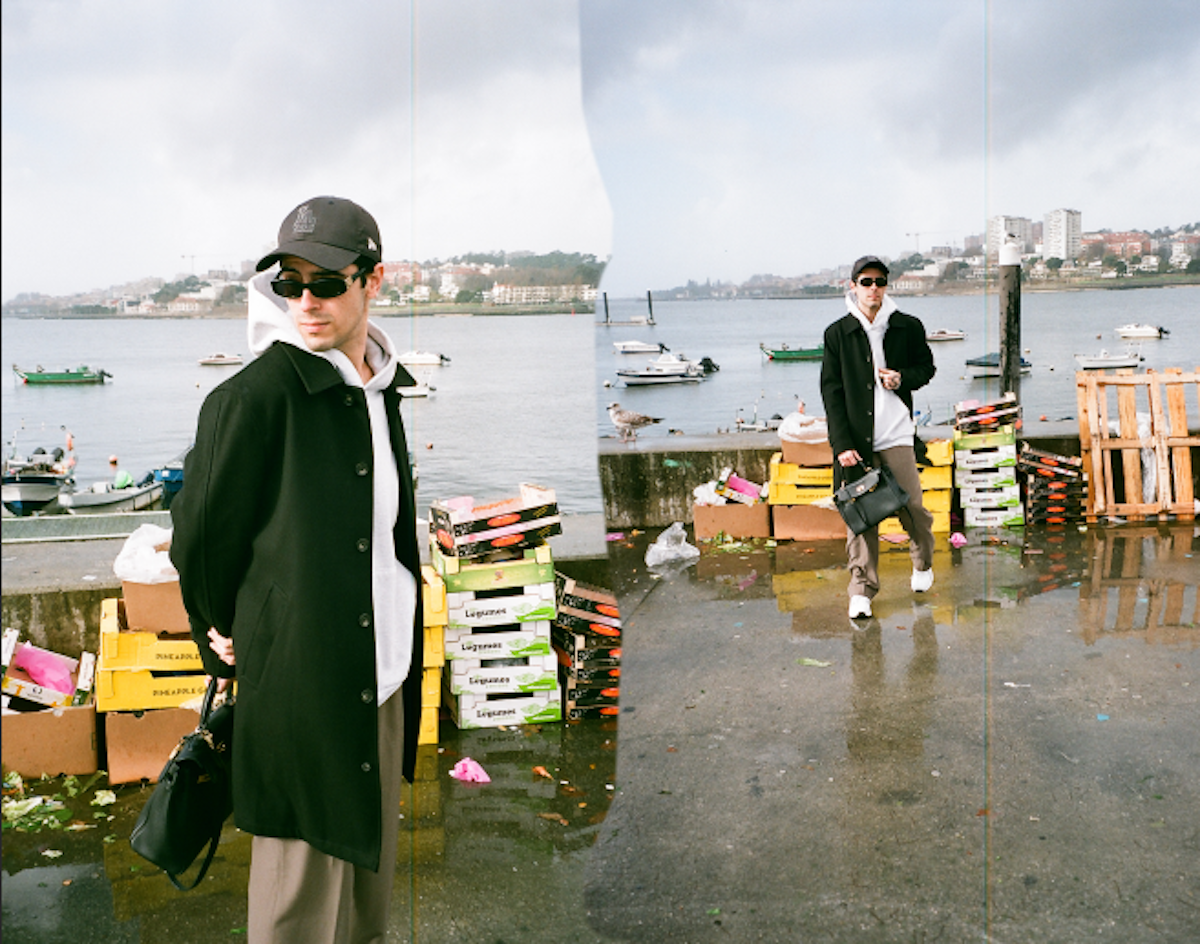

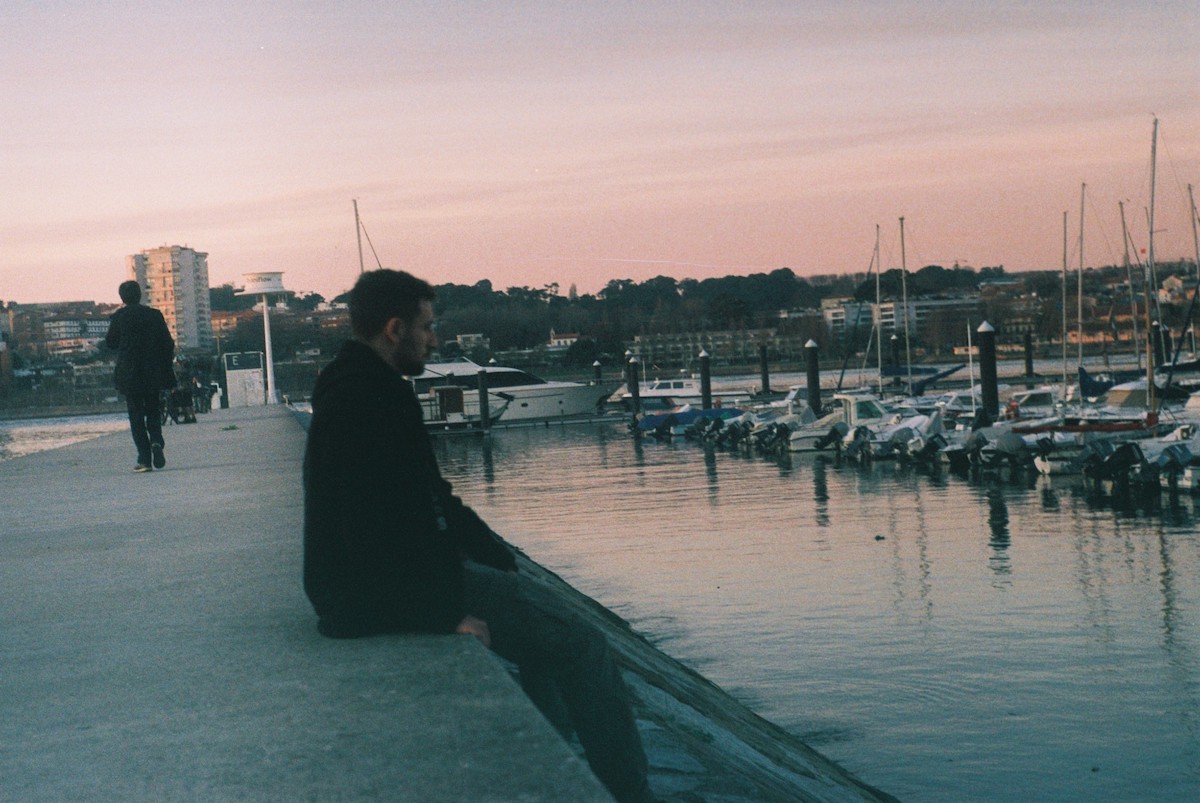

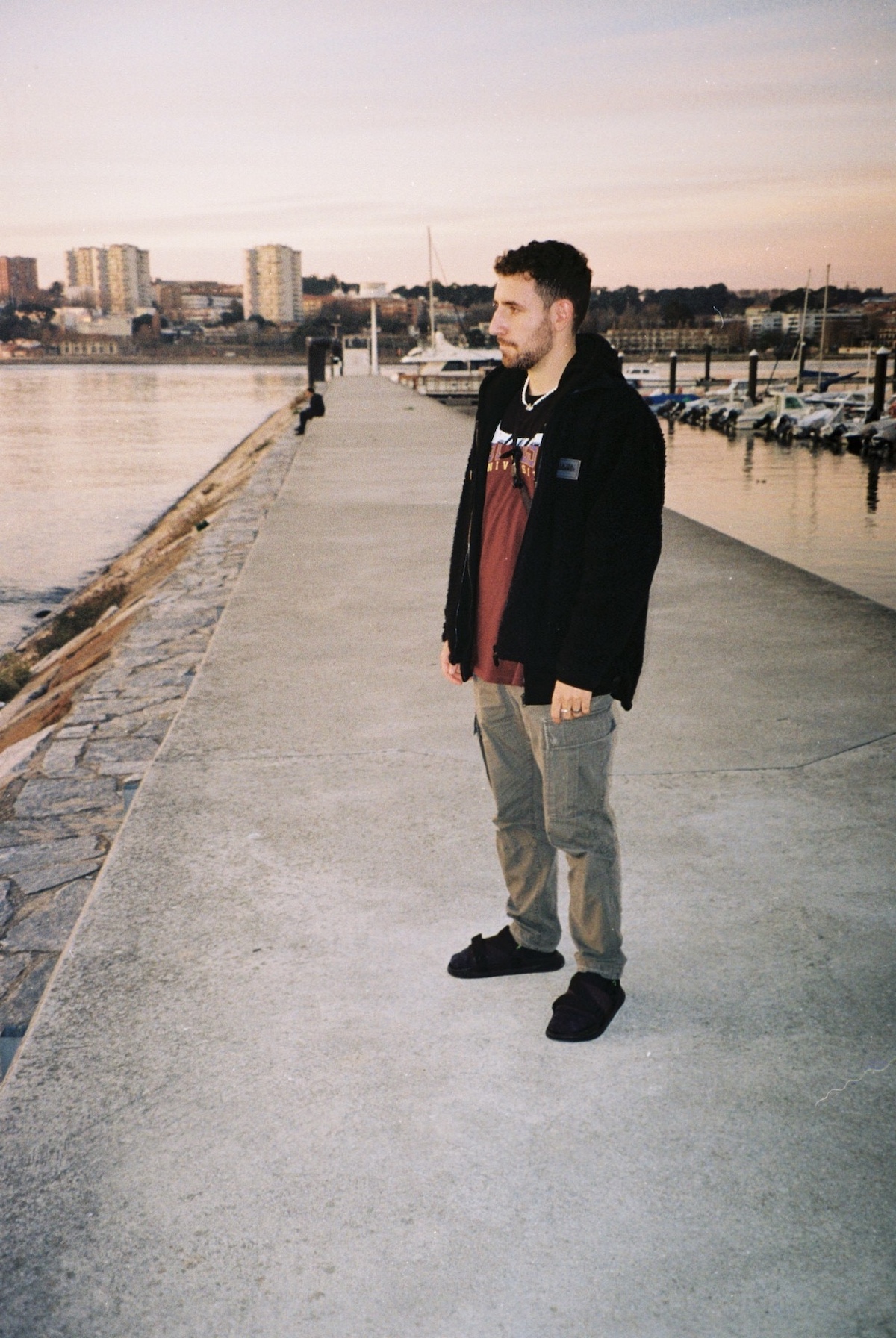
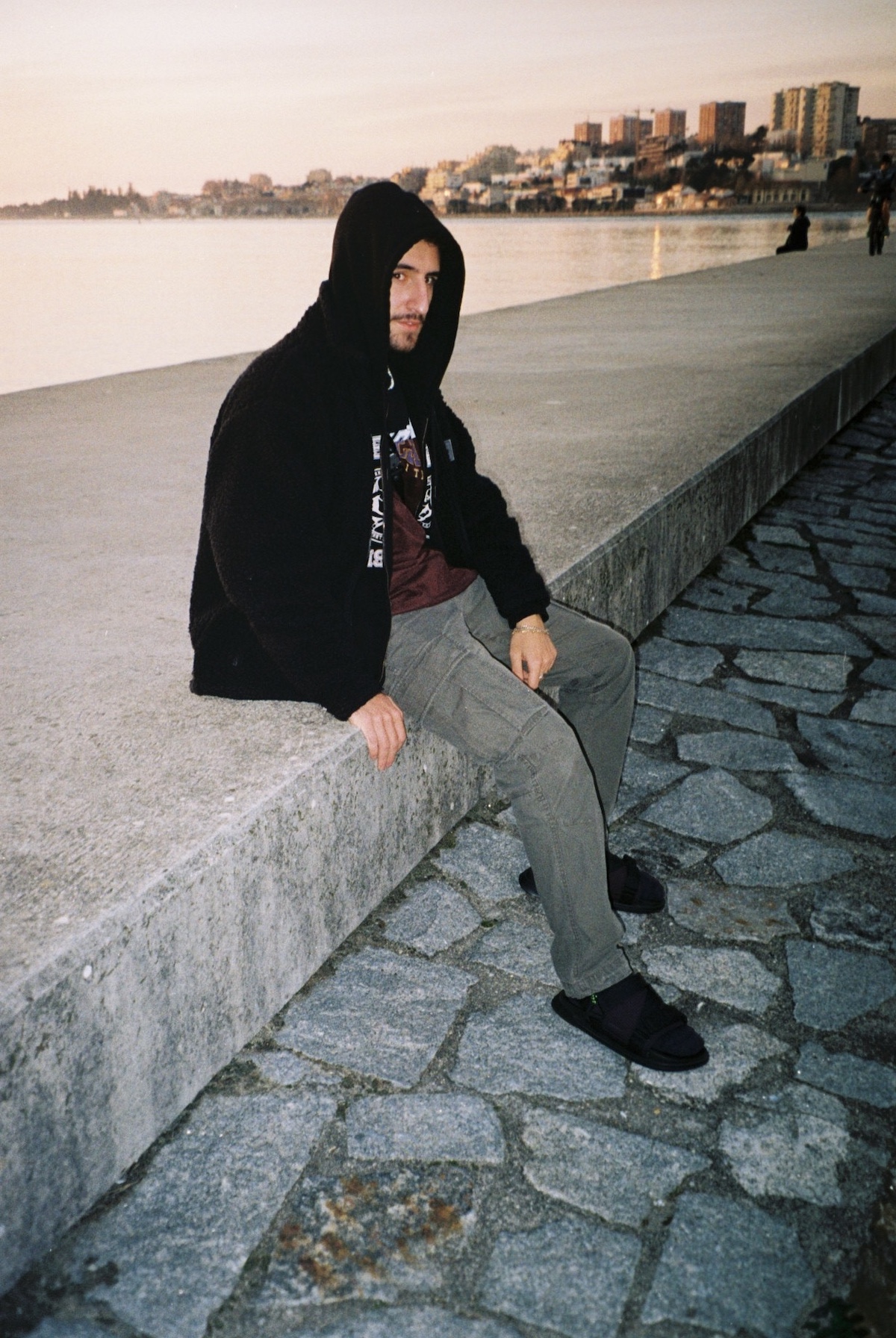
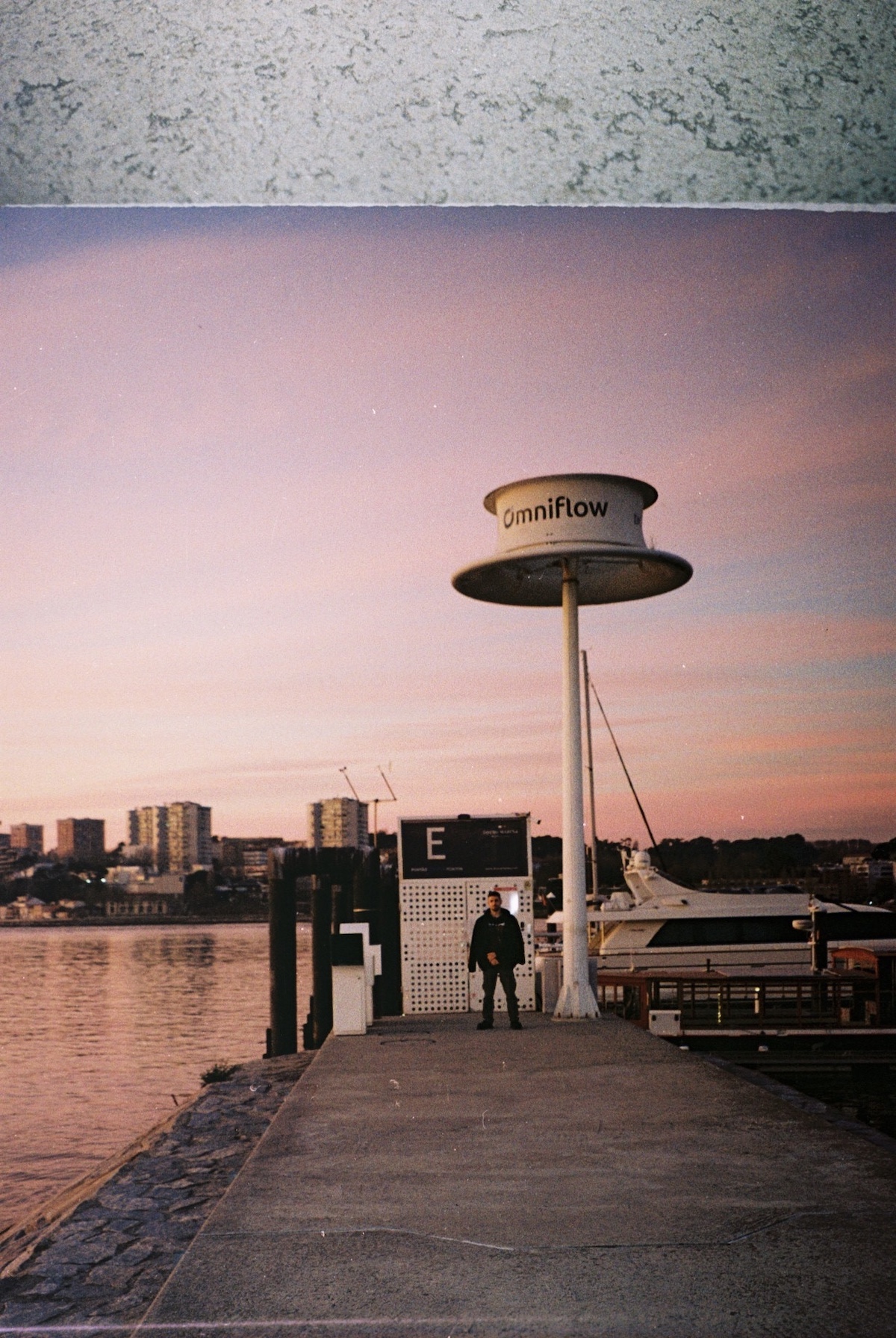
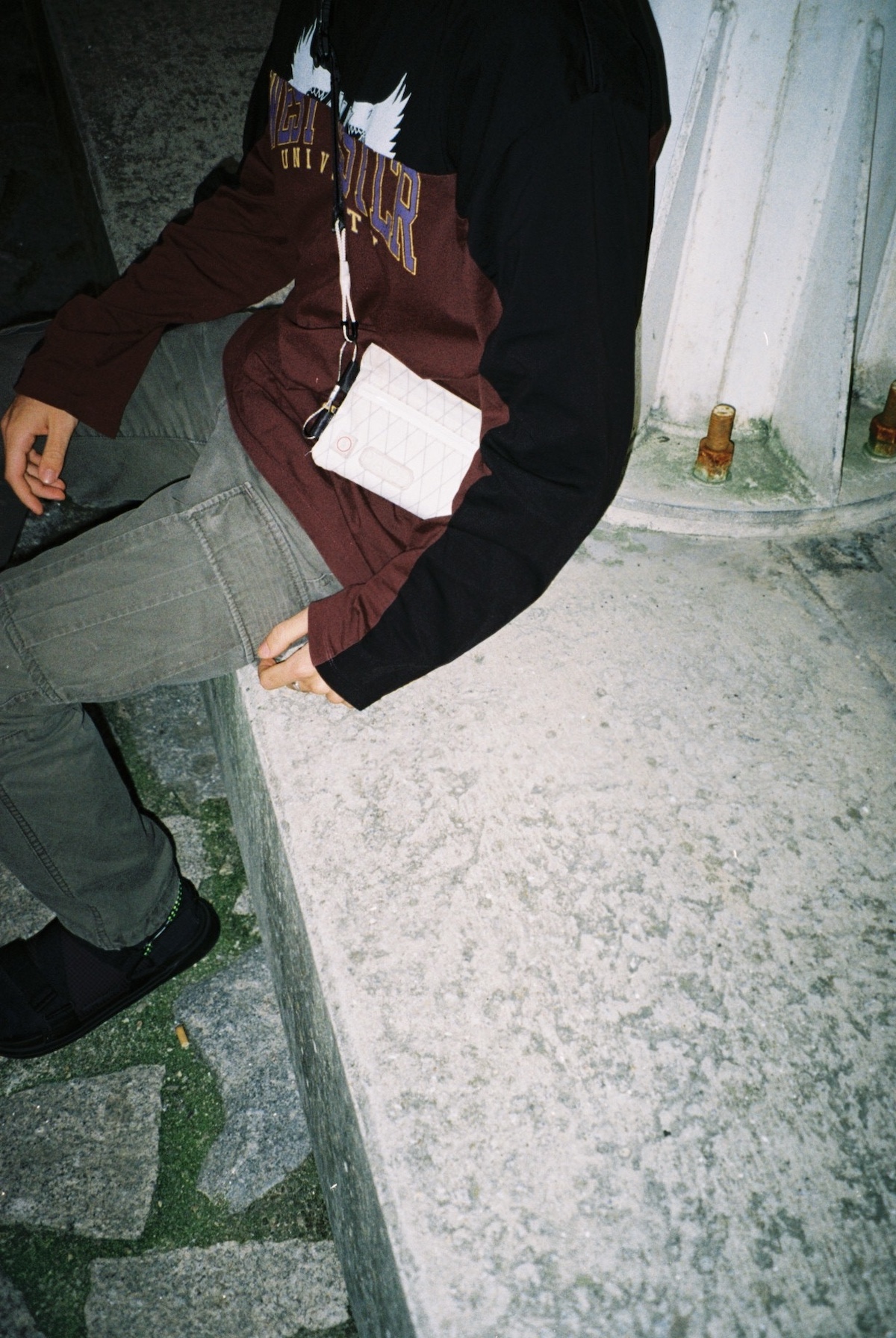
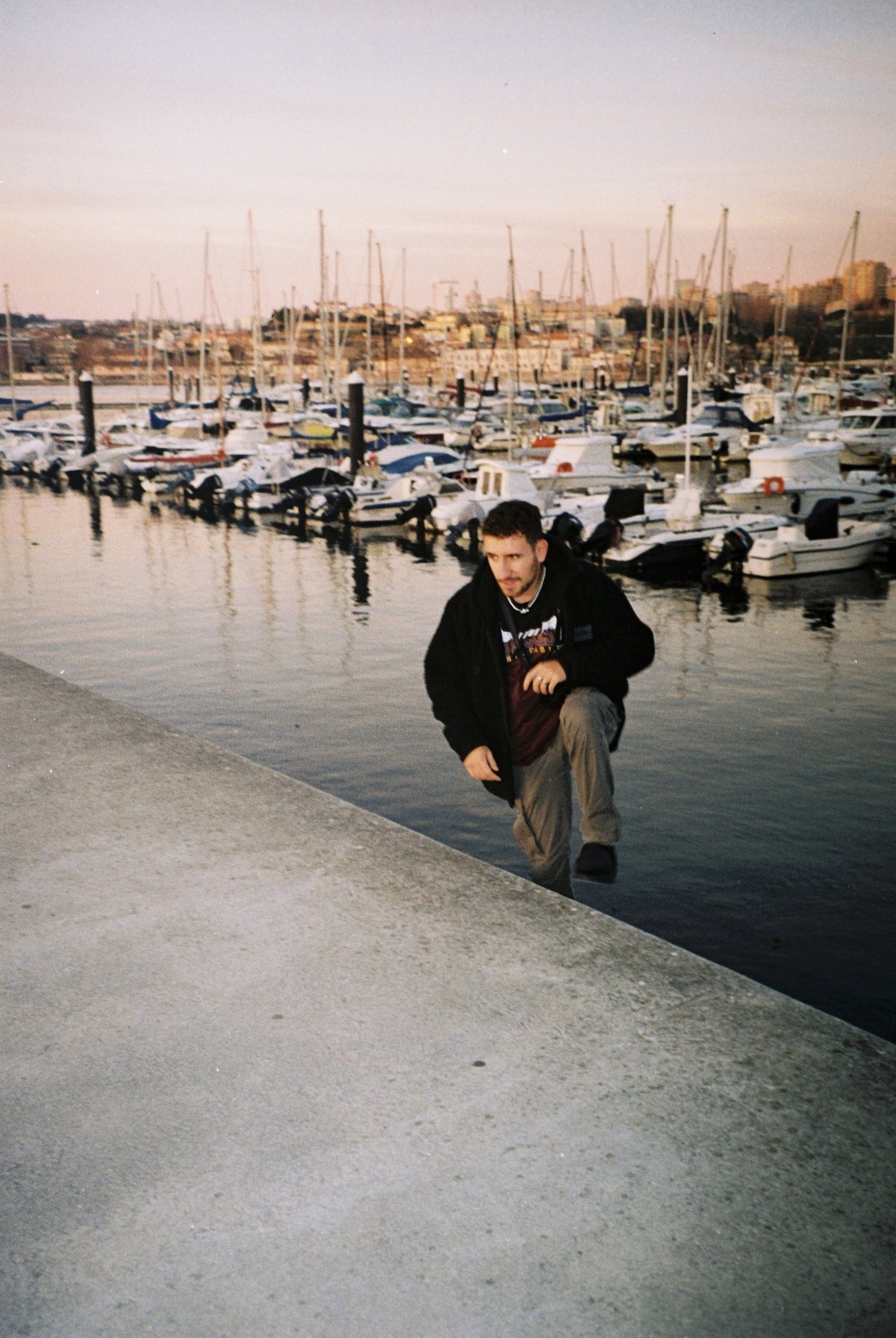
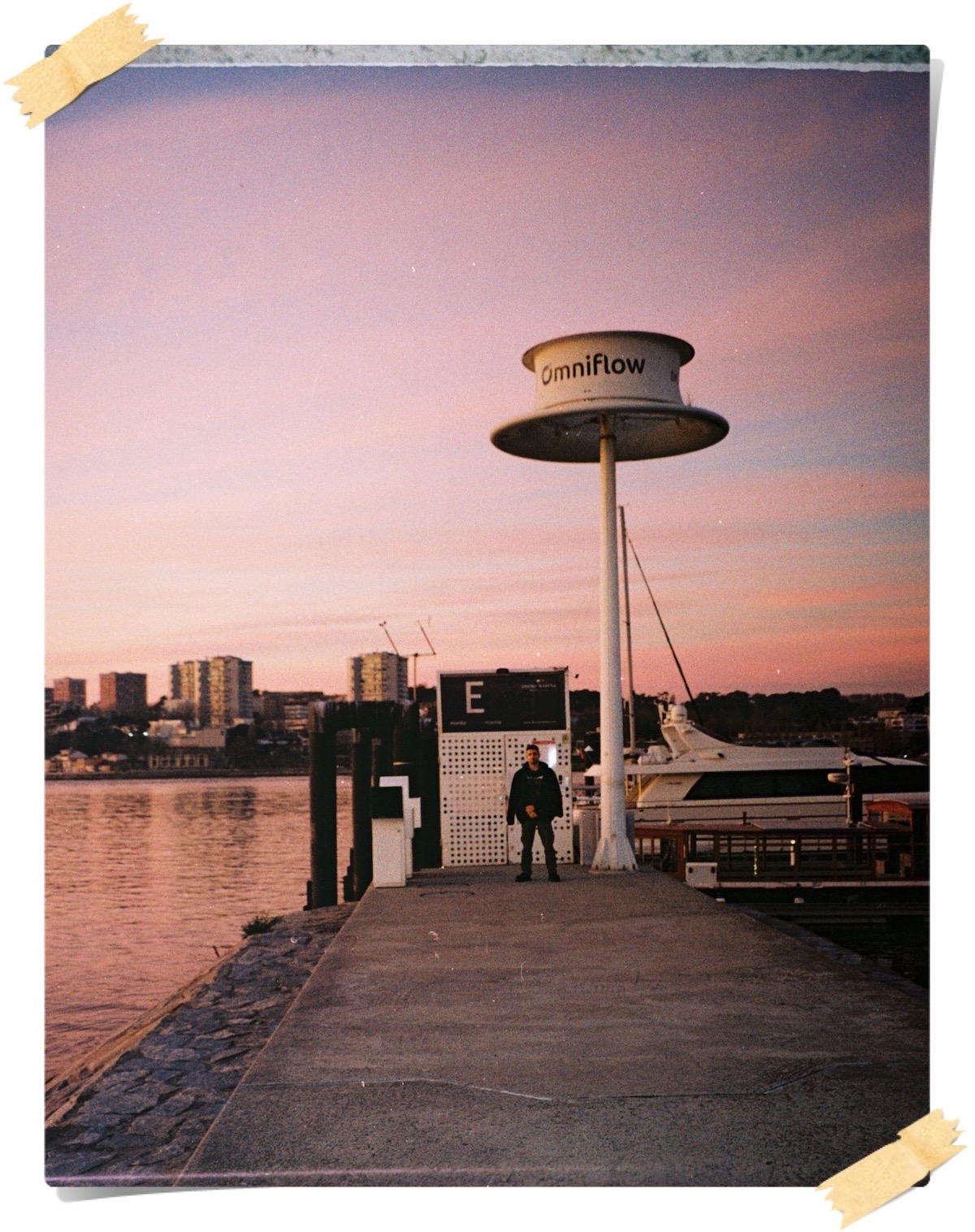

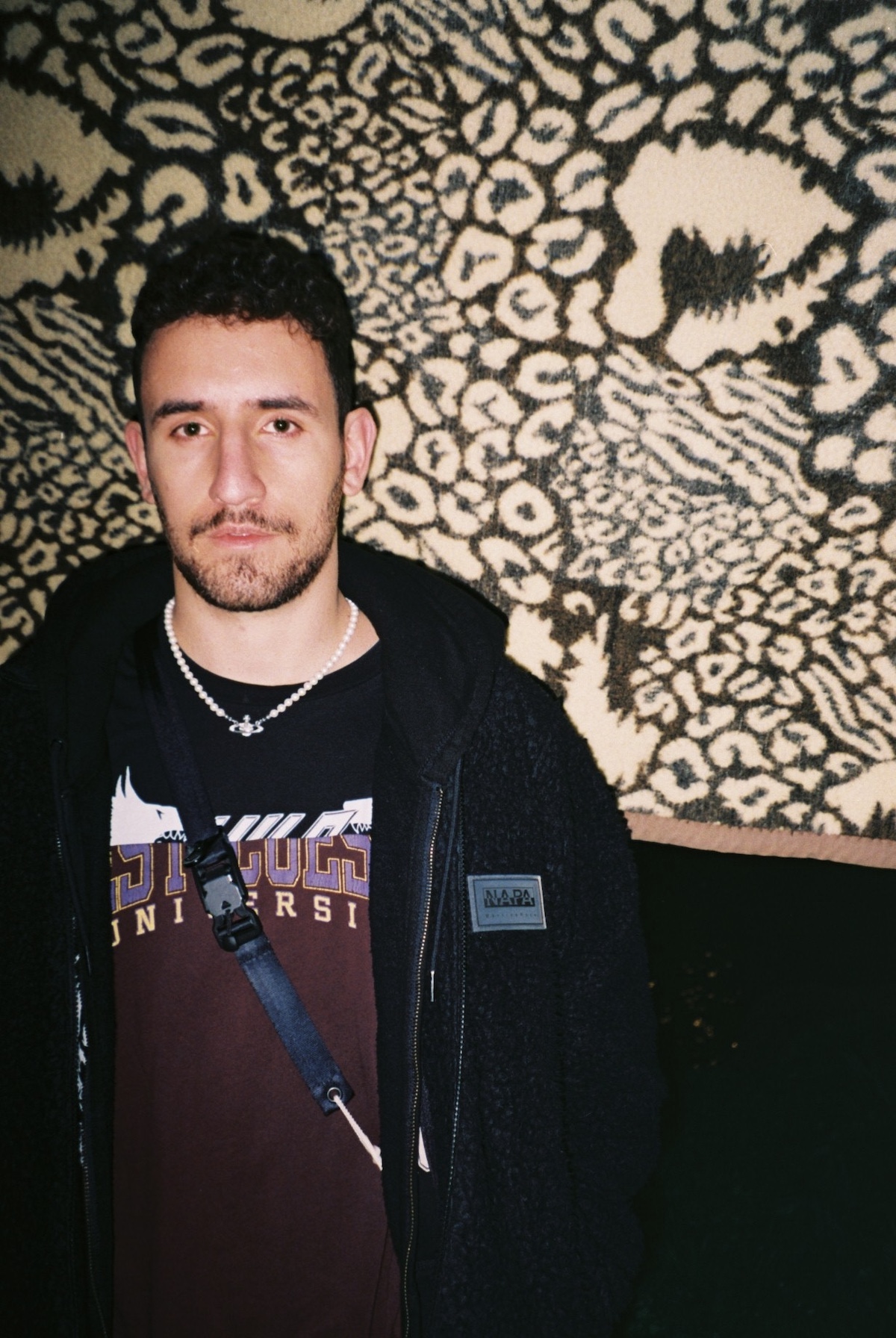
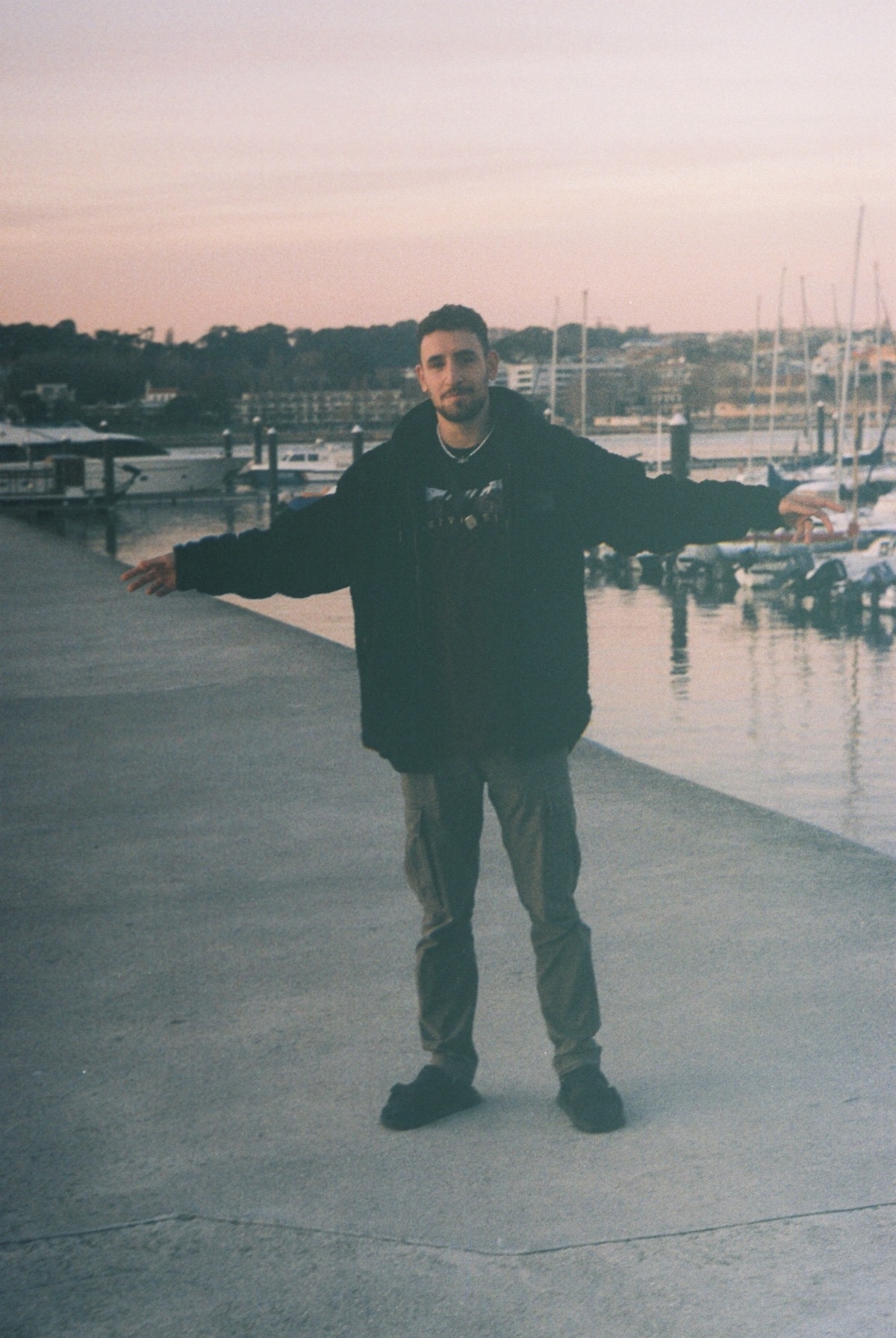
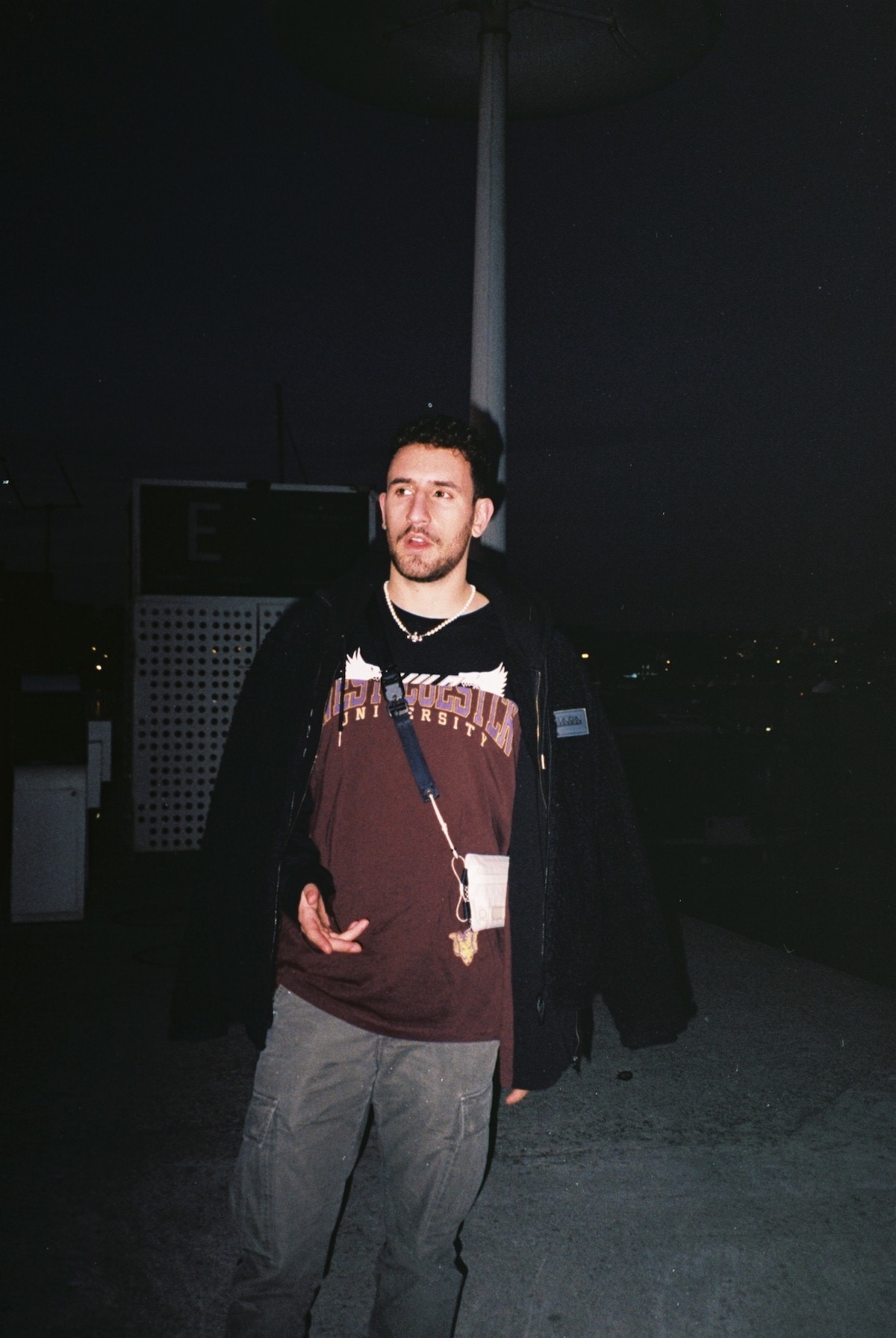



beautiful work, thksss all. ❤️